2022's Best Mutual Funds in 401(k) Retirement Plans
A key to smart retirement saving: spreading your portfolio across a few of the best mutual funds in your 401(k) plan. Here are the 29 top options available.


Checking your 401(k) balance when the market gets choppy, as it has in recent months, can feel a lot like watching a scary movie: You're afraid to look, but you want to know what's happening. And in that context, we decided now was a good time to check in again with the country's most popular 401(k) mutual funds.
Every year, with the help of financial data firm BrightScope, a financial data firm that rates workplace retirement savings plans, we analyze the 100 mutual funds with the most assets in 401(k) and other defined contribution plans, then rate them Buy, Hold or Sell. Our goal: To guide you toward the best mutual funds likely to be available in your plan.
In the end, only a cool 29 funds, which we'll describe in detail below, won our "Buy" seal of approval. But you'll want to pay attention to the fine print. Some funds are appropriate for aggressive investors; others are geared for moderate savers.
We'll also point out that we didn't weigh in on index funds. That's because choosing a good index fund always rests on three simple questions: 1.) Which index do you want to emulate? 2.) How well has the fund done in matching that index? 3.) How much does the fund charge? Generally speaking, however, we have no issues with any of the index funds listed in the top 100.
Assessing actively managed mutual funds is a different beast. We look at each fund's long-term returns and year-by-year performance, as well as its volatility and how it fares in difficult markets. We also consider manager tenure, fees and other factors.
Here are the 29 best mutual funds for 401(k) retirement savers as we enter 2022, plucked out of the nation's 100 most popular options. Your 401(k) probably won't offer all of these funds, but it's likely that at least some will be available. While some might be suitable for your personal situation, and others might not be, each mutual fund stands out for its quality, making it a prime choice for its respective category.
Disclaimer
Returns and data are as of May 20, unless otherwise noted, and are gathered for the share class with the lowest required minimum initial investment – typically the Investor share class or A share class. The share class available in your 401(k) plan may be different. Funds are listed in reverse order of their popularity within 401(k) plans.
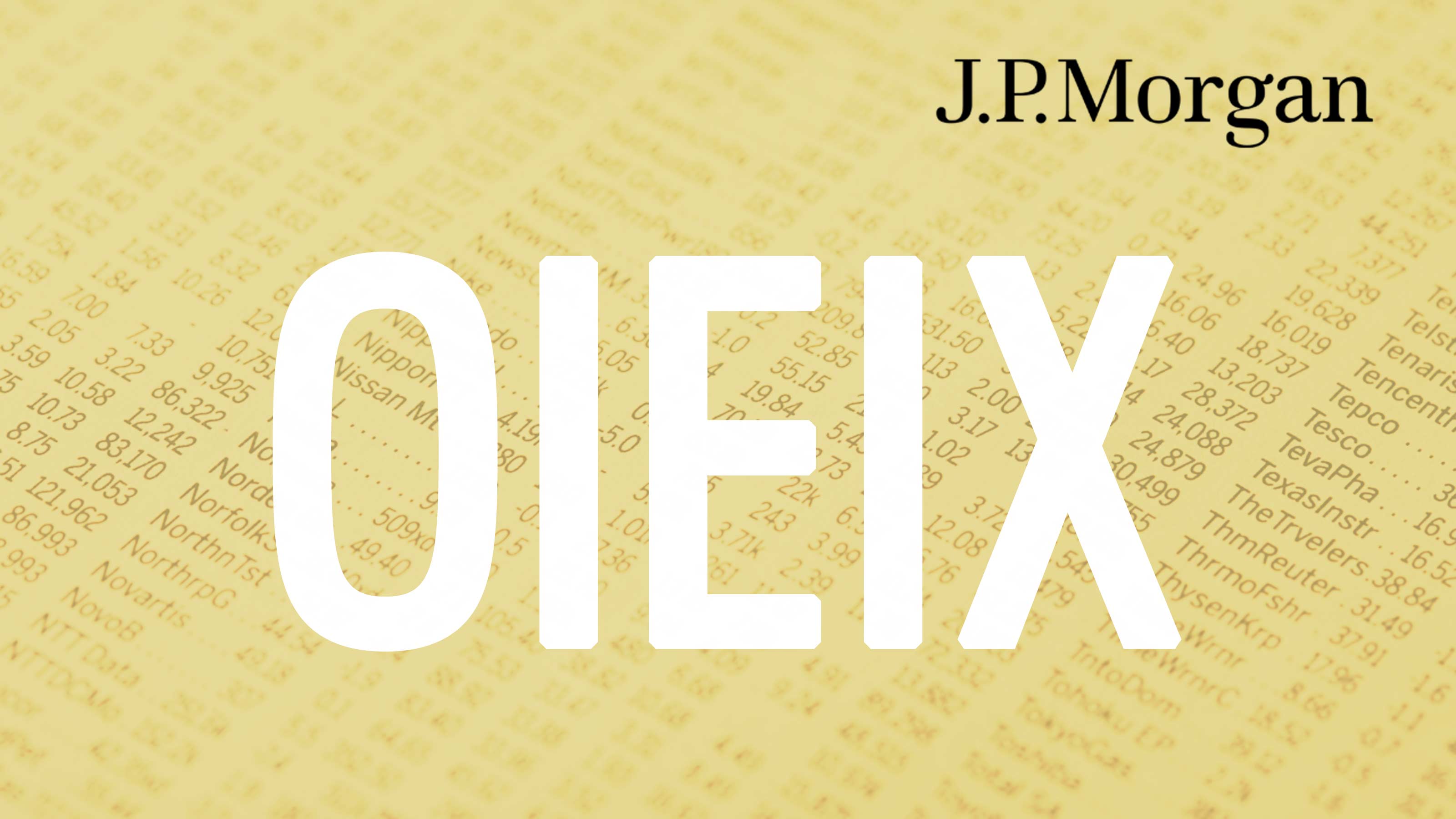
JPMorgan Equity Income
- Symbol: OIEIX
- Expense ratio: 0.96%
- 1-year return: -0.27%
- 3-year annualized return: 10.5%
- 5-year annualized return: 10.2%
- 10-year annualized return: 11.9%
- Rank among the top 401(k) funds: #97
- Best for: Value-oriented stock exposure
Outside of 401(k) plans (or other similar employer-sponsored retirement savings plans), JPMorgan Equity Income is closed to new investors. But if your 401(k) plan offers the fund, those rules don't apply. You can buy shares through your plan sponsor at any time, even as a first timer.
Consider yourself lucky.
OIEIX is one of the best 401(k) mutual funds for investors who want a value-oriented stock product to round out their portfolio.
Lead manager Clare Hart and her comanagers, Andrew Brandon and David Silberman, look for quality firms with attractive dividend yields of at least 2% at the time of purchase. They favor companies with consistent earnings, high return on invested capital and durable franchises. The fund's top holdings include UnitedHealth Group (UNH), ConocoPhillips (COP) and Bristol-Myers Squibb (BMY).
The strategy's dividend focus pushes the fund into the large-company value category, which until recently had lagged the broad market. But value-focused investing has rebounded strongly, as investors have sought safety amid a flurry of worries, including inflation, rising interest rates, a possible economic slowdown, and a wobbly geopolitical situation in eastern Europe.
JPMorgan Equity is proof of the recent seesaw in value fund performance relative to the S&P 500. The fund has lagged the benchmark over the past five years by an average of 2 percentage points per year, but over the past two years, it beats the bogey.
Compared with its contemporaries (large value funds), OIEIX is a consistent winner. It outpaced its peers – funds that invest in large, value-priced companies – in eight of the past 10 full calendar years.
The mutual fund, which yields 1.3% at present, is a solid choice for investors looking for value-stock exposure. Morningstar recently upgraded its rating on the fund to Gold, its highest accolade.
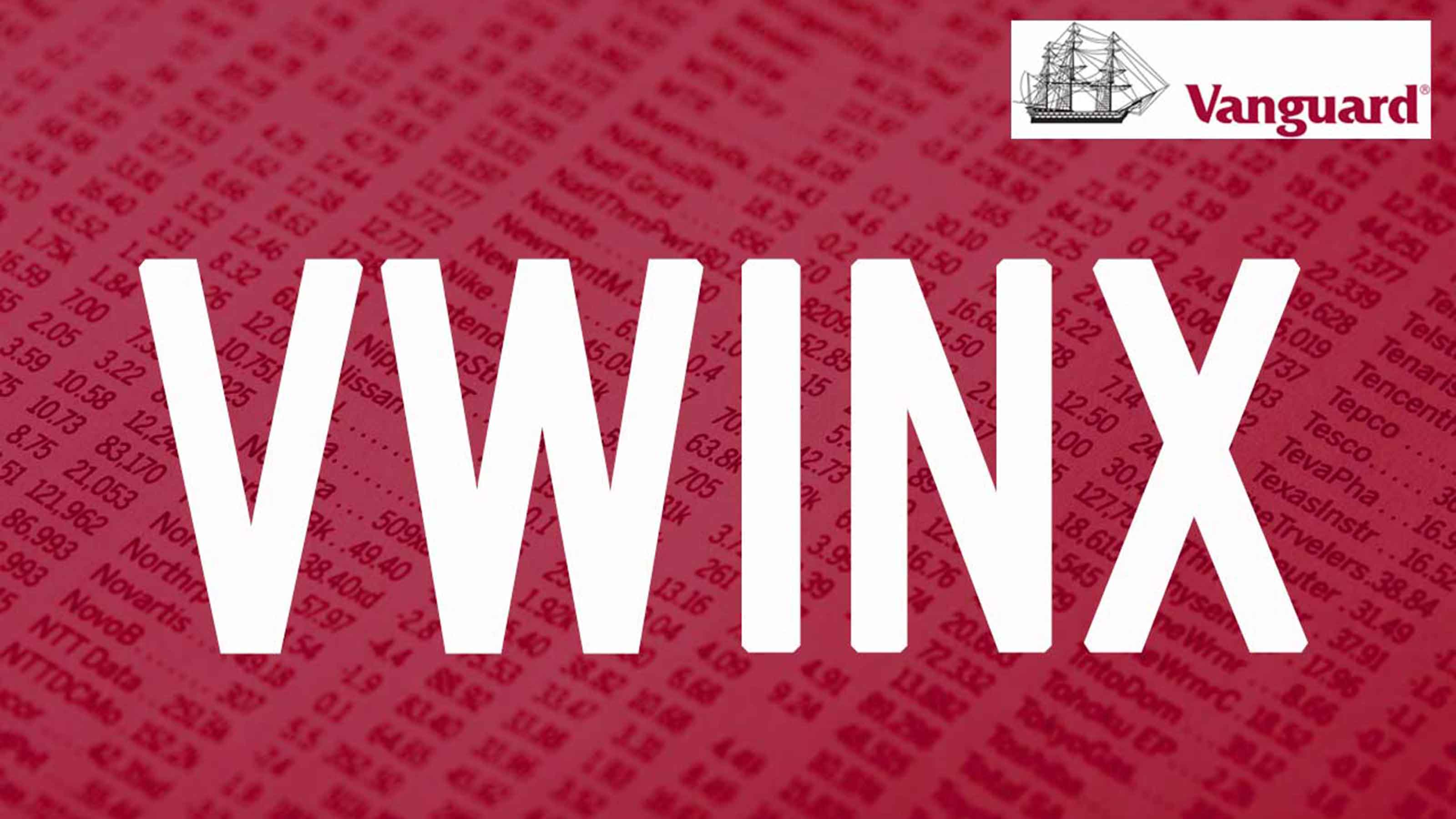
Vanguard Wellesley Income
- Symbol: VWINX
- Expense ratio: 0.23%
- 1-year return: -4.3%
- 3-year annualized return: 5.4%
- 5-year annualized return: 5.5%
- 10-year annualized return: 6.5%
- Rank among the top 401(k) funds: #96
- Best for: Conservative investors
Vanguard Wellesley Income celebrated its 50th anniversary last July. But it's not the oldest stock-and-bond fund in Vanguard's stable. That honor goes to Vanguard Wellington, which we'll get to momentarily.
But unlike Wellington, Wellesley Income tilts more toward bonds than stocks. Two-thirds of its assets are bonds, while the rest is stocks. (Wellington holds more stocks than bonds).
The hefty bond holding makes for a steady fund. Over the past half century, according to Dan Wiener, editor of The Independent Adviser for Vanguard Investors, Wellesley Income's "standout feature is its steadiness."
Steadiness and muted returns often go hand in hand, however. Over the past 15 years, VWINX's 6.2% annualized return doesn't keep pace with the broad market, but it beats 96% of its peers: funds that allocate 30% to 50% of assets to stocks.
Michael Reckmeyer, longtime manager of the stock side of the portfolio, is retiring in June. Matthew Hand is replacing him (Hand is also Reckmeyer's replacement at Vanguard Equity-Income, which is also profiled in this story). We're confident about Wellington Management, the firm behind the fund, and its ability to find new talent and groom them.
Loren Moran picks the bonds. She's a veteran at Wellington Management and has been a comanager on the bond portion of this fund since 2017.
Wellesley Income is one of the best Vanguard funds that are commonly available to 401(k) investors, but given the heavy load of bonds in its portfolio, it's best suited to conservative investors.
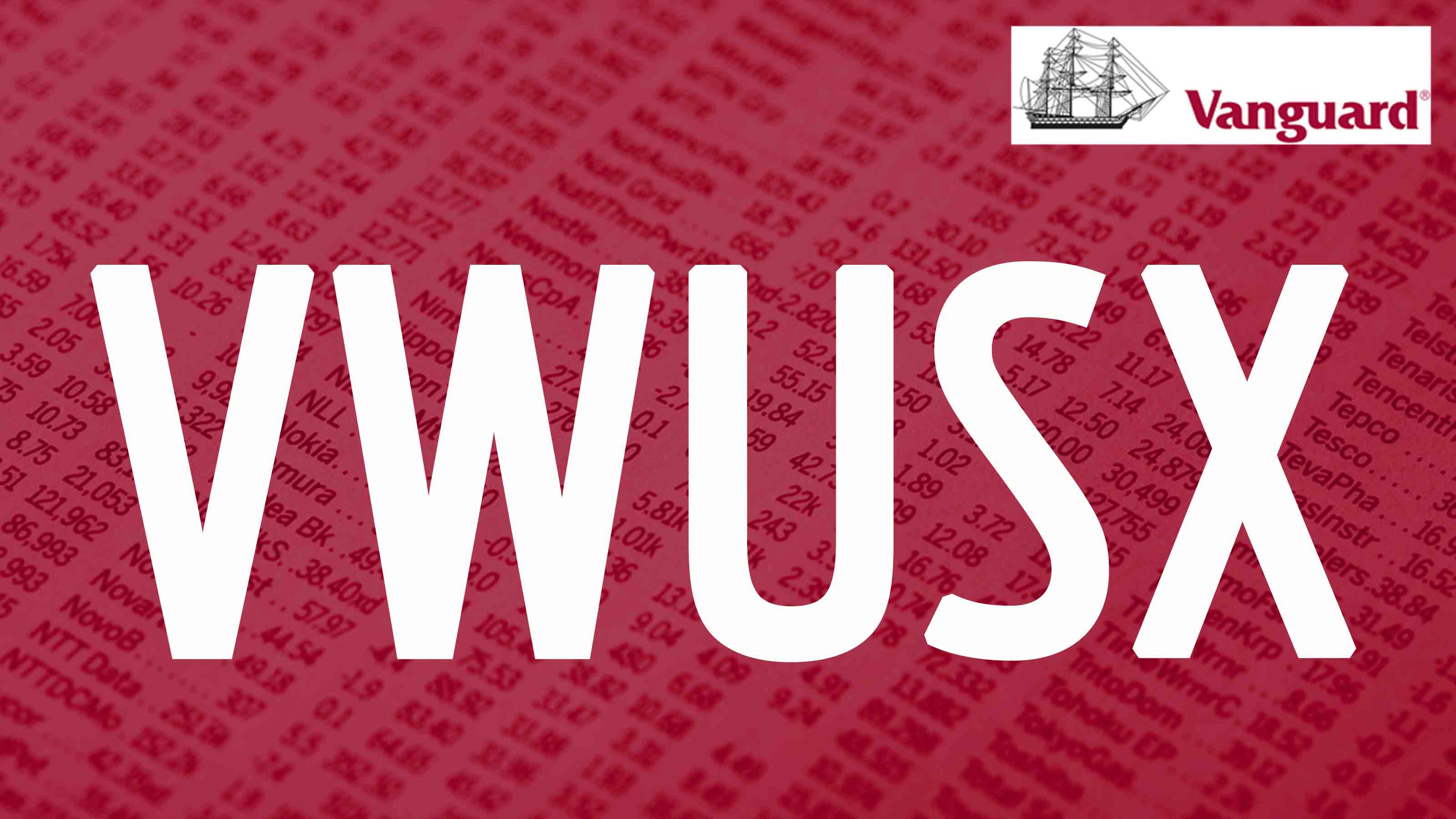
Vanguard U.S. Growth
- Symbol: VWUSX
- Expense ratio: 0.38%
- 1-year return: -27.8%
- 3-year annualized return: 9.3%
- 5-year annualized return: 12.3%
- 10-year annualized return: 14.1%
- Rank among the top 401(k) funds: #91
- Best for: Steely investors with a long time horizon who want exposure to fast-growing, large companies and can withstand a lot of volatility
Vanguard U.S. Growth has put up some good returns in certain years – lately, a 59% return in 2020 – but recently, the fund has faltered, along with the broad market. Over the past 12 months, VWUSX has logged a 27.8% loss, more than the 4.9% loss in the S&P 500.
Growth stocks are out of favor now, but not forever. Many are vital players in long-term growth trends, such as the rollout of 5G, cloud computing, machine learning and the general digitalization of the entire world. Shares in these companies will rise again, when uncertainty about inflation, interest rates and Ukraine slip away.
A bigger worry is Vanguard's changes among the fund's management team. Eight partial manager changes have occurred at the fund since 2010, according to Morningstar. The latest one took place in early 2021. Vanguard jettisoned investment firm Jackson Square as a manager after 11 years. Four subadvisers remain: Wellington Management, Jennison Associates and Baillie Gifford – each runs roughly 28% of assets – and Vanguard's in-house quantitative equity group, which runs the rest. Recently, the quant group has undergone its own reshuffling; two longtime members of the team, James Stetler and Binbin Guo, both retired.
All of that moving around of parts makes assessing the long-term merits of a fund tricky. But based on more recent performance, things are going fine. VWUSX's five-year annualized return keeps pace with the S&P 500, half of its peer group and even Vanguard Primecap, the firm's venerated growth-company fund. It has been a bumpy ride, though. Over the past five years, this Vanguard fund has experienced above-average volatility compared with all large-company growth funds.
But … if U.S. Growth is the only actively managed large-company growth fund offered in your 401(k), and you have a lengthy time horizon and the stomach for a lot of volatility, it's a solid option.
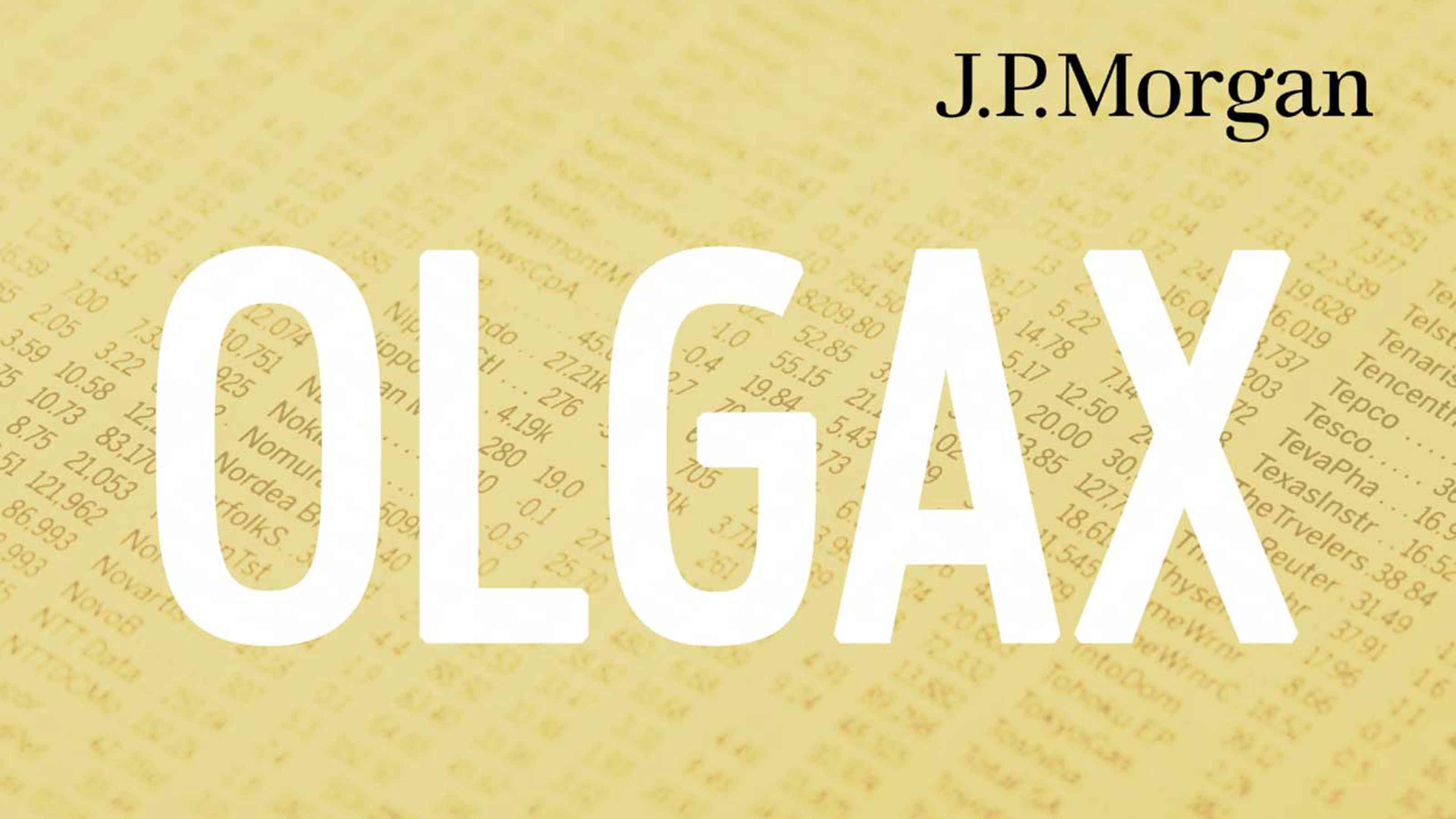
JPMorgan Large Cap Growth
- Symbol: OLGAX
- Expense ratio: 0.94%
- 1-year return: -13.9%
- 3-year annualized return: 16.4%
- 5-year annualized return: 17.3%
- 10-year annualized return: 15.6%
- Rank among the top 401(k) funds: #86
- Best for: Exposure to fast-growing companies
Between 2004 and late 2020, Giri Devulapally had run JPMorgan Large Cap Growth as the lone manager, earning solid results. But he took on three new comanagers in November 2020. Since then, OLGAX has turned in mixed results, with a 1.4% annualized return, which lags the 4.9% annualized gain in the Russell 1000 Growth index, the fund's benchmark.
It's worth noting, however, that the fund beats its peers; the typical fund that invests in large, growing U.S. companies gained 0.8% annualized over the same period.
Of course, stocks in large, growing U.S. companies have been cratering lately. And certainly, any shift in management typically results in some settling in period where fund performance occasionally suffers as the new manager shapes his or her portfolio.
The managers at JPMorgan Large Cap Growth invest in mostly large companies that can deliver significant growth over the next three to five years. These companies typically do business in a market undergoing meaningful change, have sustainable competitive advantages, proven strong execution and upward momentum in share price.
The managers like leading agricultural and heavy machinery maker Deere (DE), for example, because it has been developing technology that helps farmers all over the world increase productivity. And they like Freeport-McMoRan (FCX), a mining company, because it stands to benefit from an increase demand for copper to make electric vehicles.
But, like most other growth-oriented stock funds, JPMorgan Large Cap Growth is heavily tilted toward information technology stocks (where just over 35% of the fund's assets are invested). And that sector has led the decline in the broad U.S. stock market in recent months. The fund's top holdings, at last report, are Apple (AAPL), Microsoft (MSFT) and Alphabet (GOOGL).
They're down now, but growth stocks will have their day in the sun again. And OLGAX is a good mutual fund for investors who want to boost exposure in their 401(k) to fast-growing companies.
Just be prepared for some rocky periods.
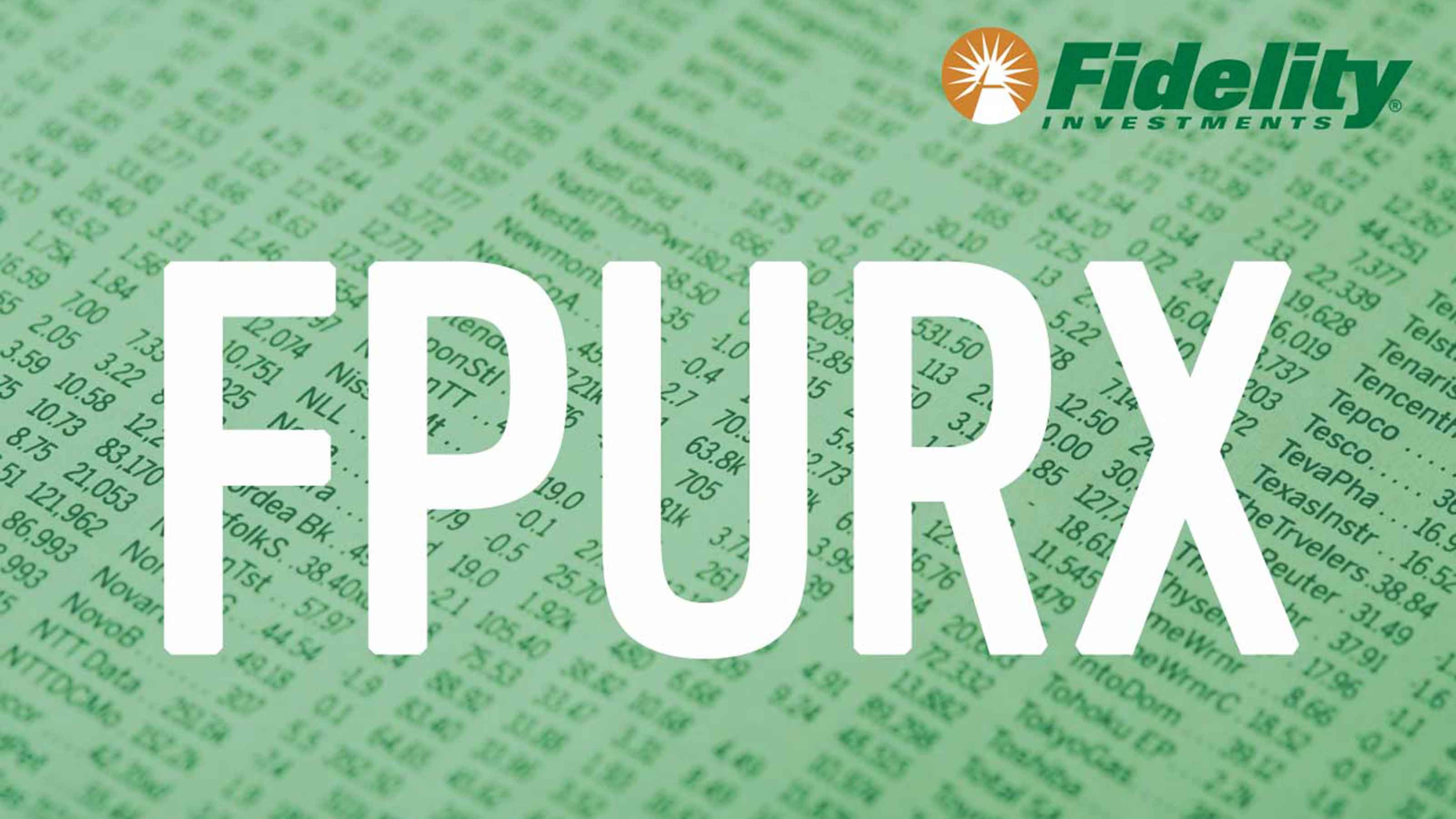
Fidelity Puritan
- Symbol: FPURX
- Expense ratio: 0.51%
- 1-year return: -6.5%
- 3-year annualized return: 10.5%
- 5-year annualized return: 9.4%
- 10-year annualized return: 10.1%
- Rank among the top 401(k) funds: #84
- Best for: Moderate investors who want an all-in-one stock-and-bond fund
Manager Daniel Kelley took over Fidelity Puritan in mid-2018, but he is finding his way. That's why we're upgrading this fund from Hold to Buy. FPURX's three-year 10.5% annualized return easily outpaces the fund's benchmark – a 60/40 blend of the S&P 500 index and Bloomberg U.S. Aggregate Bond index – and easily skates by the 6.5% annualized return of the typical balanced fund.
On the stock side, Kelley relies on fundamental and quantitative analysis to build the portfolio. He favors companies that offer earnings and revenue growth at a reasonable price (GARP). FPURX currently has an overall 67% stake in stocks in the portfolio.
On the bond side, which includes a roughly 10% stake in high-yield debt, the goal is to find attractively priced securities with a disciplined eye on risk management.
Lately, rising interest rates have put bond prices under pressure. (Bond prices and interest rates move in opposite directions.) As a result, Kelley believes stocks look more attractive than bonds. He's focused on "mispriced growth" stocks that he says can grow earnings faster and longer than the market expects and that currently trade at a discount. He has loaded up on energy and materials shares including Canadian Natural Resources (CNQ), Exxon Mobil (XOM) and Freeport McMoRan.
On the bond side, Kelley favors investment-grade corporate bonds with medium maturities and has backed off short-maturity Treasuries and mortgage-backed securities (MBSes).
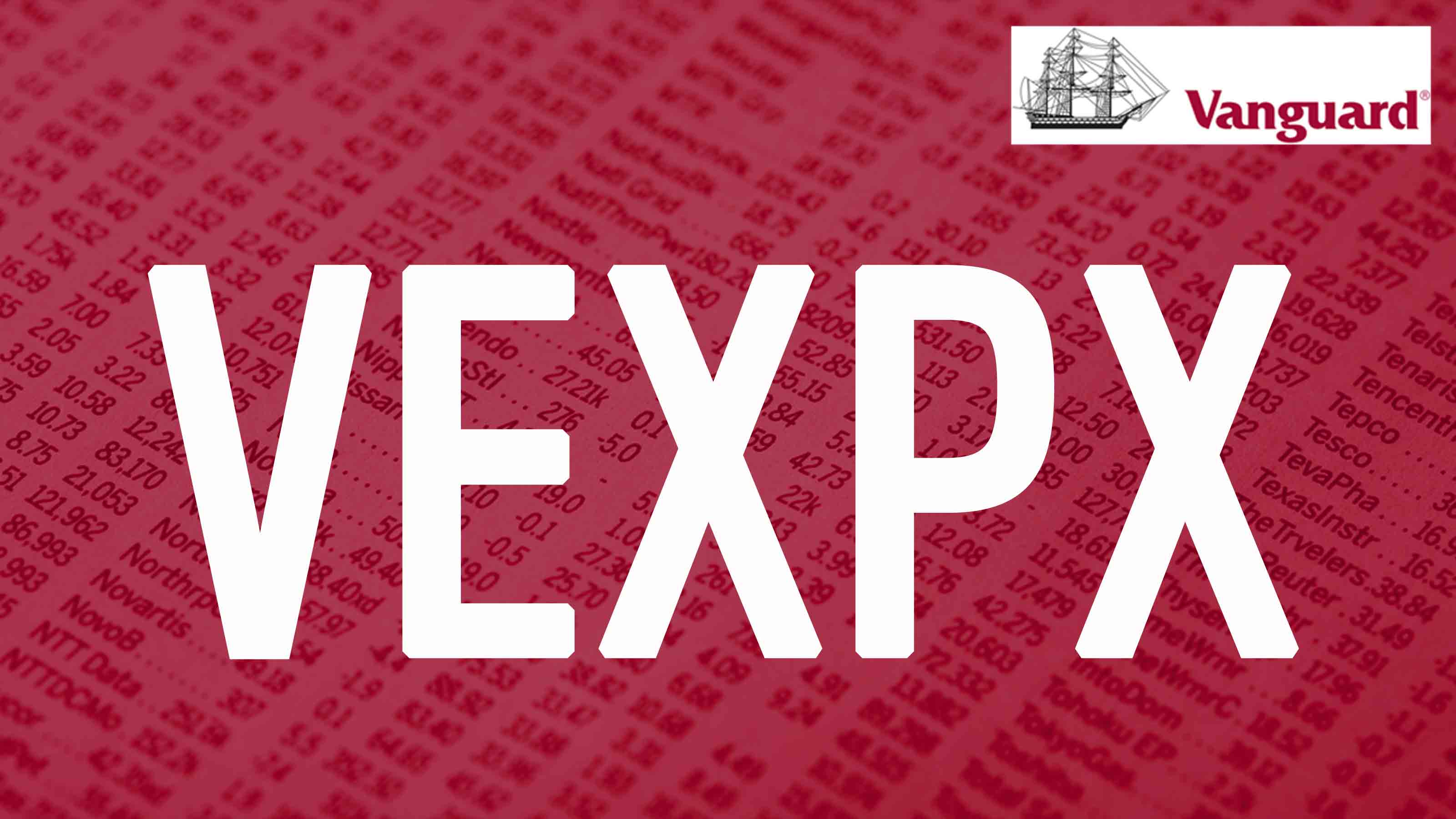
Vanguard Explorer
- Symbol: VEXPX
- Expense ratio: 0.40%
- 1-year return: -17.3%
- 3-year annualized return: 9.6%
- 5-year annualized return: 11.4%
- 10-year annualized return: 12.8%
- Rank among the top 401(k) funds: #78
- Best for: Aggressive growth-minded investors looking for exposure to small-company stocks
Vanguard Explorer holds stock in growing small caps and mid-caps, which have taken it on the chin in recent months. Over the past 12 months, VEXPX has lost 17.3%. But most things are relative in the investing world, and that beats the Russell 2000, which lost 18.8%.
Explorer is one of a handful of small-company stock funds that rank among the top 100 401(k) funds. But while the others are index-based, this fund is actively managed. In fact, in keeping with the Vanguard way, many stock pickers have a hand in the Explorer fund.
Managers from five different firms divided the fund's assets and work independently, applying their own process to picking stocks:
- Wellington Management, for example, picks stocks with higher growth potential relative to their valuations.
- ClearBridge Investments focuses on industry leaders that generate substantial free cash flow (money left over after necessary expenses to sustain the business) and make wise capital allocation decisions.
- ArrowMark Colorado Holdings prefers high-quality companies with strong competitive advantages in industries with high barriers to entry.
- Stephens Investment Management and Vanguard's quantitative equity group round out the investing subadvisory team.
Multiple changes in subadvisory managers over the years – and even recently – make it difficult to confidently assess how the fund will fare over a full market cycle. Although seven of the five managers have been in place for five years, putting aside a tumultuous 2020, they haven't been tested in a prolonged bear market yet.
Regardless, the hodgepodge management team results in returns that are above average. In each of the five full calendar years since the start of 2017, Vanguard Explorer has outpaced the Russell 2000. In other words, you have been better off in VEXPX than in a small-company index fund over that time.
The portfolio is enormous, with close to 750 stocks, and the fund has $20.2 billion in total assets, which makes Vanguard Explorer the biggest actively managed small-company fund in the country.
Just bear in mind: Because small-cap stocks tend to be more volatile than large caps, VEXPX should be a held as a complement to a core holding in a large-company stock fund or a total stock market fund.
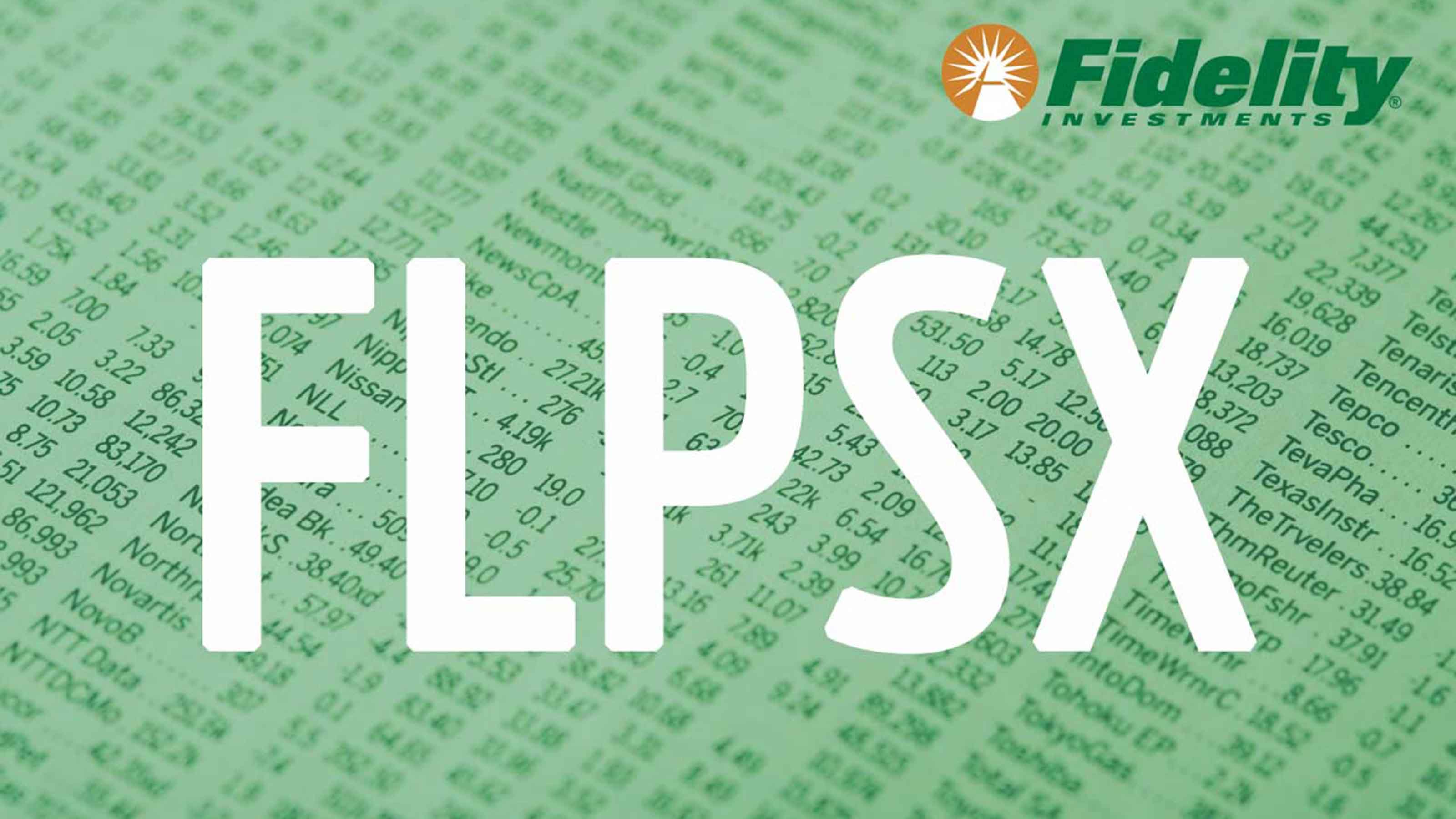
Fidelity Low-Priced Stock
- Symbol: FLPSX
- Expense ratio: 0.65%
- 1-year return: -5.5%
- 3-year annualized return: 12.4%
- 5-year annualized return: 9.6%
- 10-year annualized return: 11.6%
- Rank among the top 401(k) funds: #77
- Best for: Investors looking for a solid value-oriented fund
Joel Tillinghast was a Fidelity analyst covering tobacco and personal-care-product firms when he came up with a concept for a new fund more than 30 years ago. The idea was to find good values in high-quality small companies and out-of-favor larger firms.
Fidelity higher-ups loved it. So in late 1989, Fidelity Low-Priced Stock launched.
FLPSX has been an unequivocal success since then, with Tillinghast at the helm, easily outperforming the average annual gains in the S&P 500, the Russell 2000 small-company index, the Russell mid-cap benchmark and nearly all small- or midsize-company stock funds. Morningstar recently named Tillinghast its outstanding portfolio manager of 2021.
Now comes news that Tillinghast plans to step down at the end of 2023. We're sad that he's leaving, but a manager shift has been in the works for years. Since 2017, Tillinghast has run about 95% of the fund's assets; five comanagers ran the remaining 5%. Two of those comanagers, Sam Chamovitz and Morgen Peck, were recently tapped as co-lead managers.
Peck has been comanager at Low-Priced Stock since mid-2016. She's also a lead manager at Fidelity Stock Selector Small Cap (FDSCX) and a fund that's held exclusively in Fidelity Freedom target-date funds called Fidelity Series Small Cap Opportunities (FSOPX). And Chamovitz has run Fidelity International Small Cap (FISMX) since early 2014 (the fund's five-year annualized return beats 89% of its peers: funds that invest in foreign small- and midsize-company growth and value stocks).
We're watching FLPSX carefully, but we have confidence in Chamovitz and Peck. And Tillinghast isn't leaving for months.
Low-Priced Stock's hunting ground has changed a bit. In the fund's early days, stocks had to be $15 or less at the time of purchase. The price threshold is now $35, or the stock must boast an earnings yield that falls at or above the median for the small-company Russell 2000 Index, which is still the fund's benchmark. FLPSX was always focused on companies of all sizes, but early on, it tilted heavily toward small firms. Now, the fund is almost evenly split among large-, midsize- and small-company stocks. It also owns more foreign stocks than it did in its earliest days. At last report, 36% of assets were invested in international shares, mostly in Japan and the U.K.
What's not changing is the fund's focus on companies with sturdy profits, little debt and a sustainable competitive edge over peers.
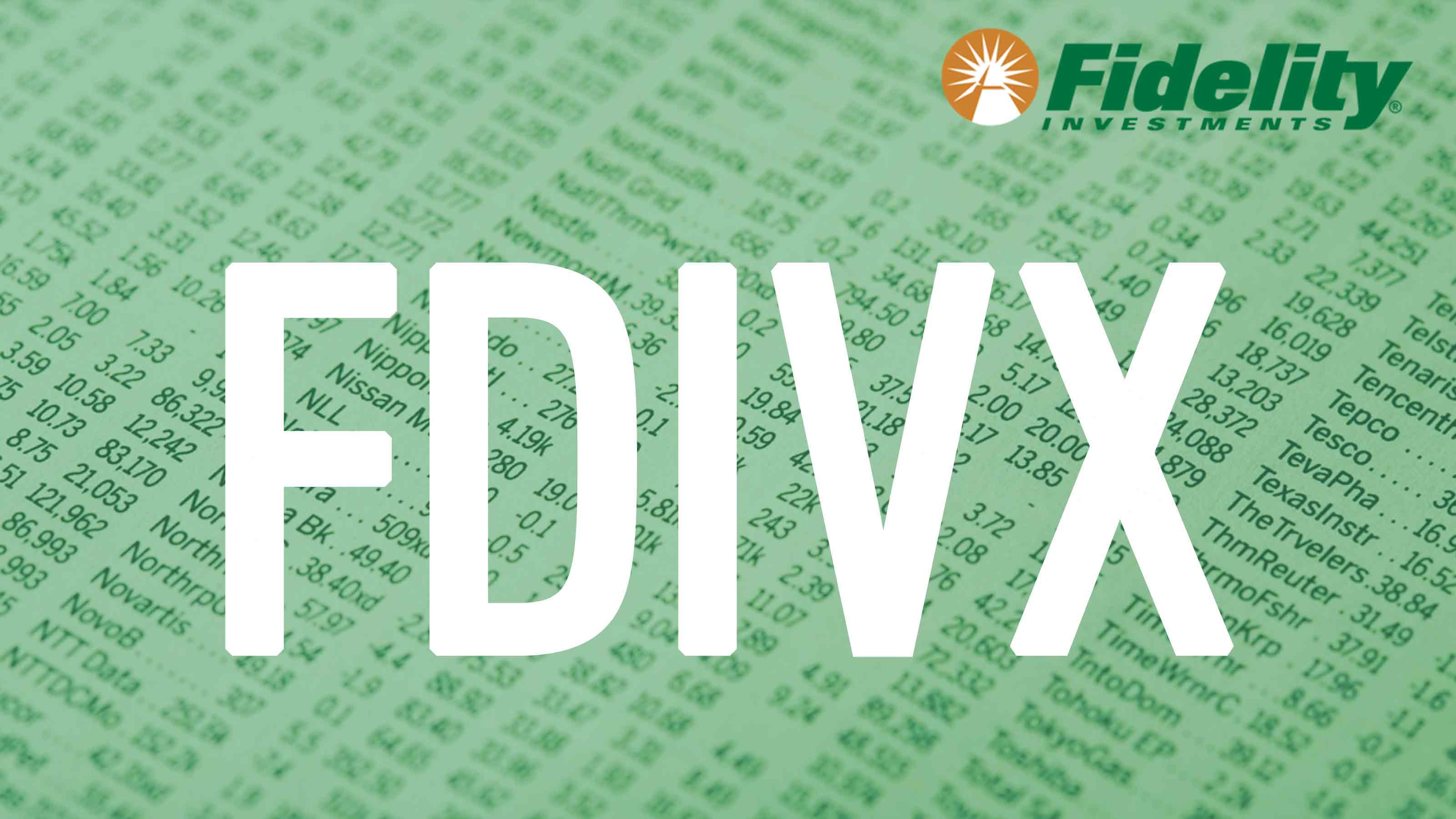
Fidelity Diversified International
- Symbol: FDIVX
- Expense ratio: 1.01%
- 1-year return: -16.2%
- 3-year annualized return: 6.6%
- 5-year annualized return: 4.7%
- 10-year annualized return: 7.5%
- Rank among the top 401(k) funds: #74
- Best for: Foreign stock exposure
It's hard to muster up excitement about investing overseas, because U.S. stocks have done so much better than foreign shares.
As foreign-stock funds go, Fidelity Diversified International, which invests mostly in large companies with durable or improving growth prospects, is a solid choice. In fact, this Fidelity fund has beaten the index – the MSCI EAFE, which tracks foreign stocks in developed countries – over eight of the past 11 full calendar years.
William Bower has run FDIVX for more than 20 years. He favors high-quality businesses with competitive advantages and consistent profitability. The fund's top country exposures include Japan, the U.S. and France. But its investments aren't limited to developed countries. In fact, nearly 7% of the fund is invested in emerging markets, mostly in Asia. Its top holdings are pharmaceutical firm Roche Holding (RHHBY); ASML Holding (ASML), a maker of photolithography systems used to make semiconductor chips; and Nestle (NSRGY), the consumer products company.
There are certainly better actively managed funds out there, but those funds might not be available to you in our plan. In this review, we must consider that this might be the only active foreign fund available in the plan. In that context, Fidelity Diversified International is a fine choice.
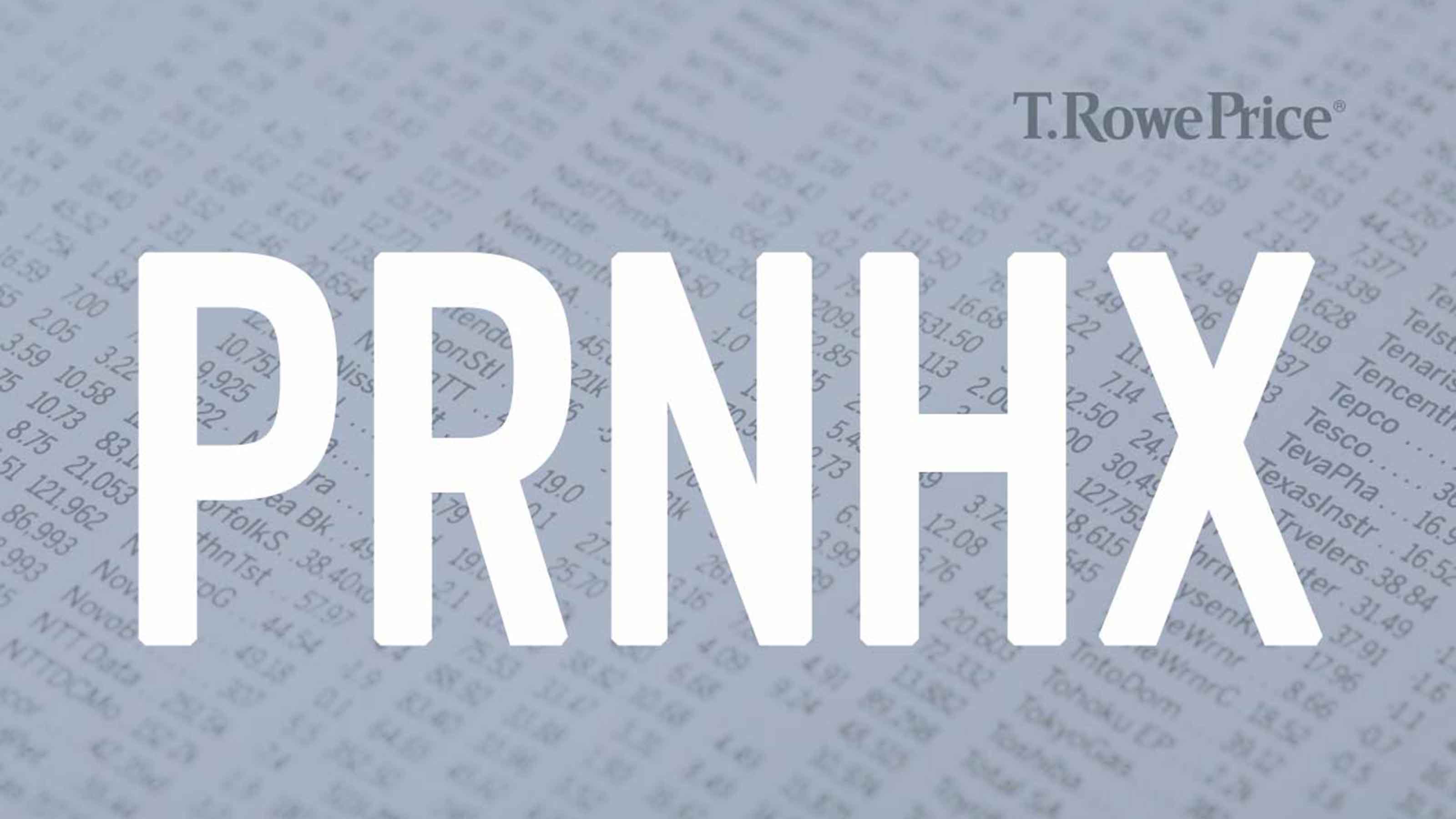
T. Rowe Price New Horizons
- Symbol: PRNHX
- Expense ratio: 0.75%
- 1-year return: -31.7%
- 3-year annualized return: 6.3%
- 5-year annualized return: 12.1%
- 10-year annualized return: 14.8%
- Rank among the top 401(k) funds: #66
- Best for: Aggressive minded investors with a long-term view looking for exposure to small and midsize companies
T. Rowe Price New Horizons has entered a new chapter with manager Joshua Spencer, who stepped in after superstar stock-picker Henry Ellenbogen abruptly left T. Rowe Price in March 2019.
Spencer got off to a thrilling start. For the first 20 months, New Horizons returned a cumulative 79.9%, which is more than 26 percentage points ahead of the Russell Mid Cap index and nearly 49 percentage points better than its peers: funds that invest in midsize, growing companies.
PRNHX has given back a lot of those gains since then. In 2021, it turned in a 9.7% return, falling behind 73% of its peers. The turn in the fund's fortunes began last November after the Federal Reserve forecast its strategy to raise interest rates. The expectation of higher rates damped down the future outlook for fast-growing stocks – which are valued more on the future earnings potential of a company than its current ability to turn a profit – and shares in those companies tumbled.
But Spencer has been busy taking advantage of lower prices, saying in a recent commentary that "times of market dislocation frequently lead to opportunities to buy fundamentally strong companies at attractive prices, and we will continue to lean into bouts of volatility to add to our highest-conviction ideas." Two such opportunities he took: Spencer significantly beefed up the fund's stakes in software company Atlassian (TEAM) and Veeva Systems (VEEV), a cloud-computing company.
PRNHX is closed to new investors, but if it's offered in your employer-sponsored retirement savings plan, you're free to buy shares as a first-time investor in the fund.
Like Ellenbogen, Spencer looks for small, undiscovered emerging companies that offer the potential for accelerated earnings growth because of new products, a revitalized management team, or a structural shift in the economy. And though the fund focuses on companies with $7 billion or less in market value at the time of purchase, like his predecessor, Spencer will likely hang on as long as the company is growing. It's one reason New Horizons, once a small-company growth fund, has morphed over the years into a mid-cap growth fund.
PRNHX is a solid mutual fund for investors who want to invest early in companies with solid growth prospects.
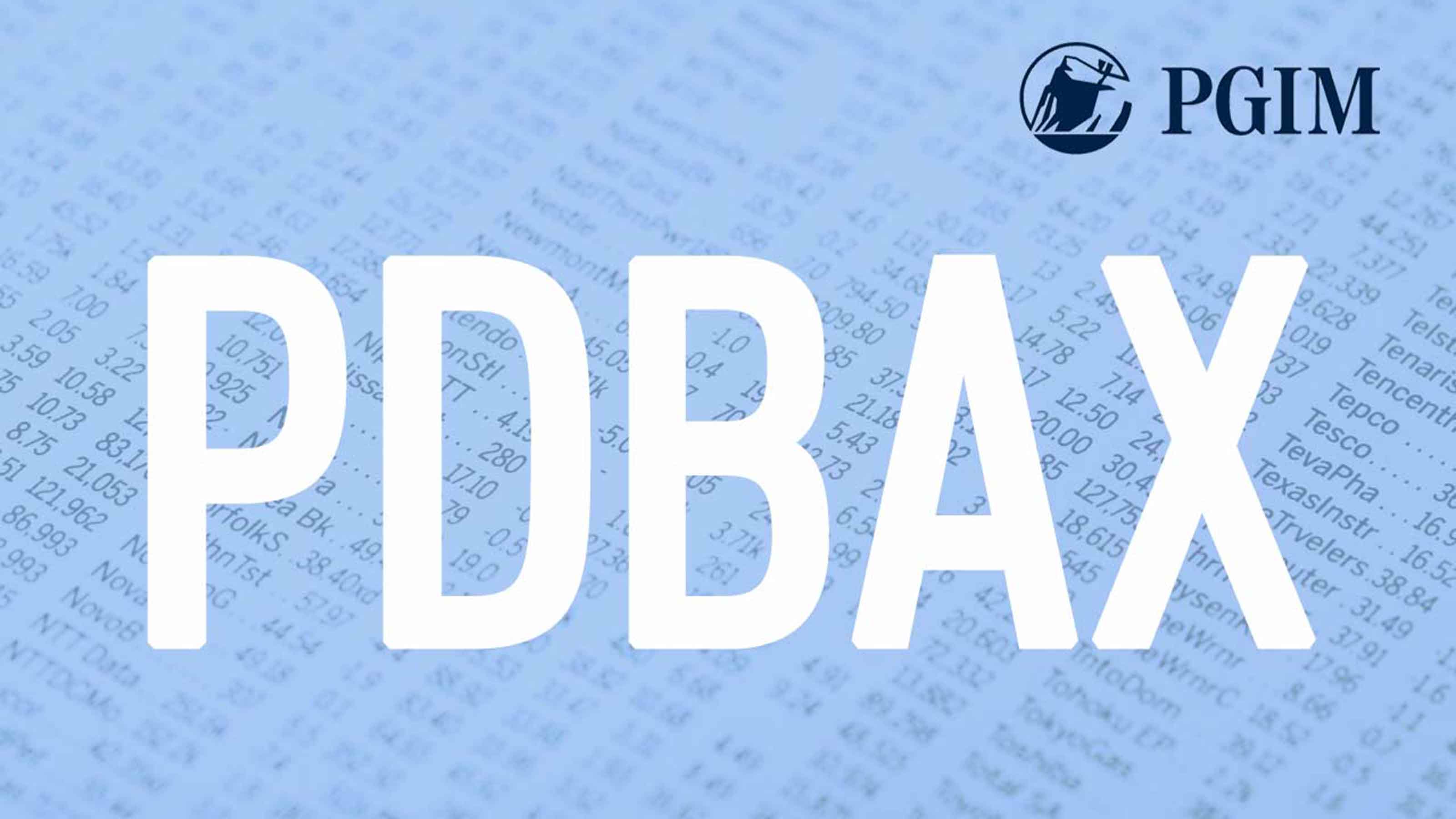
PGIM Total Return Bond
- Symbol: PDBAX
- Expense ratio: 0.76%
- 1-year return: -9.4%
- 3-year annualized return: -0.1%
- 5-year annualized return: 1.2%
- 10-year annualized return: 2.5%
- Rank among the top 401(k) funds: #64
- Best for: Bond investors with some stomach for volatility looking for income and capital appreciation in a diversified core bond fund
PGIM Total Return Bond consistently beats the market. In seven of the past 10 full calendar years (between 2012 and 2021), the mutual fund beat the Bloomberg U.S. Aggregate Bond index. But interested investors should know, the extra oomph in returns comes with a little bit more volatility than its peers or the benchmark, too.
PDBAX can invest in all sectors of the fixed-income market. The fund's four managers spread assets between a mix of investment-grade corporate debt, asset-backed securities, Treasuries and government-guaranteed mortgage-backed securities, high-yield IOUs and foreign bonds.
The fund falls in the category of intermediate core-plus bond, which means it can invest up to 20% of its assets in high-yield debt. At last report, 14% of the portfolio was invested in credit rated below investment grade (double-B to triple-C).
PGIM Total Return Bond currently yields 3.0%.
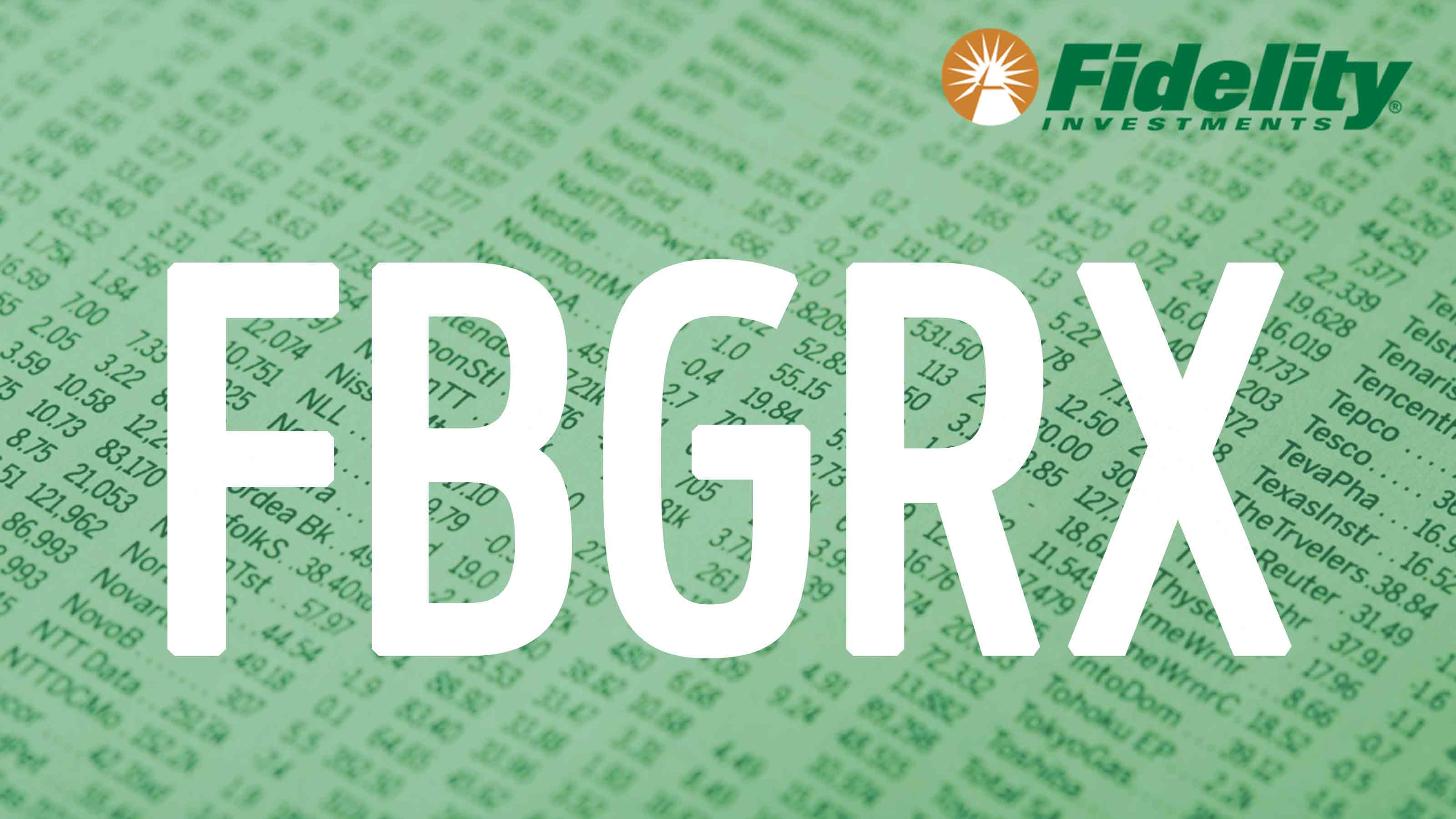
Fidelity Blue Chip Growth
- Symbol: FBGRX
- Expense ratio: 0.79%
- 1-year return: -21.0%
- 3-year annualized return: 15.6%
- 5-year annualized return: 15.%
- 10-year annualized return: 16.8%
- Rank among the top 401(k) funds: #63
- Best for: Aggressive investors who want to invest in fast-growing, innovative companies
Fidelity Blue Chip Growth is a member of the Kiplinger 25, and is among the best-performing 401(k) mutual funds you can find. Manager Sonu Kalra's annualized 10-year return of 16.8% outpaces 96% of all large-company growth funds and the S&P 500.
"What we're trying to do with this fund is identify companies where the market is mispricing not just the absolute rate of growth but the durability of that growth," he says. "We do that by trying to identify companies that are participating in large underpenetrated markets."
Kalra divides the portfolio into three buckets:
Secular growers, he says, are businesses that are benefiting from growing trends such as e-commerce, cloud technology, electric vehicles.
Cyclical growers include companies that are in the sweet spot of the business cycle – home builders, for instance, benefiting from the move out of the city during COVID 19, or energy companies on the rebound after the pandemic shut-down.
Kalra calls the last bucket "opportunistic growers." It includes companies that have a catalyst to drive growth going forward – a new manager or a new product. American Eagle Outfitters (AEO), for instance, is a retailer with a brand of intimate wear that's growing rapidly and an online business that's thriving.
In recent months, the fund has taken it on the chin. Its growthy bets are cooling off in the long shadow of rising interest rates. Don't let near-term performance deter you. Investors looking for an actively managed fund that can beat the S&P 500 have a solid choice in Blue Chip Growth. FBGRX has outpaced the broad-market bogey in eight of the past 10 calendar years.
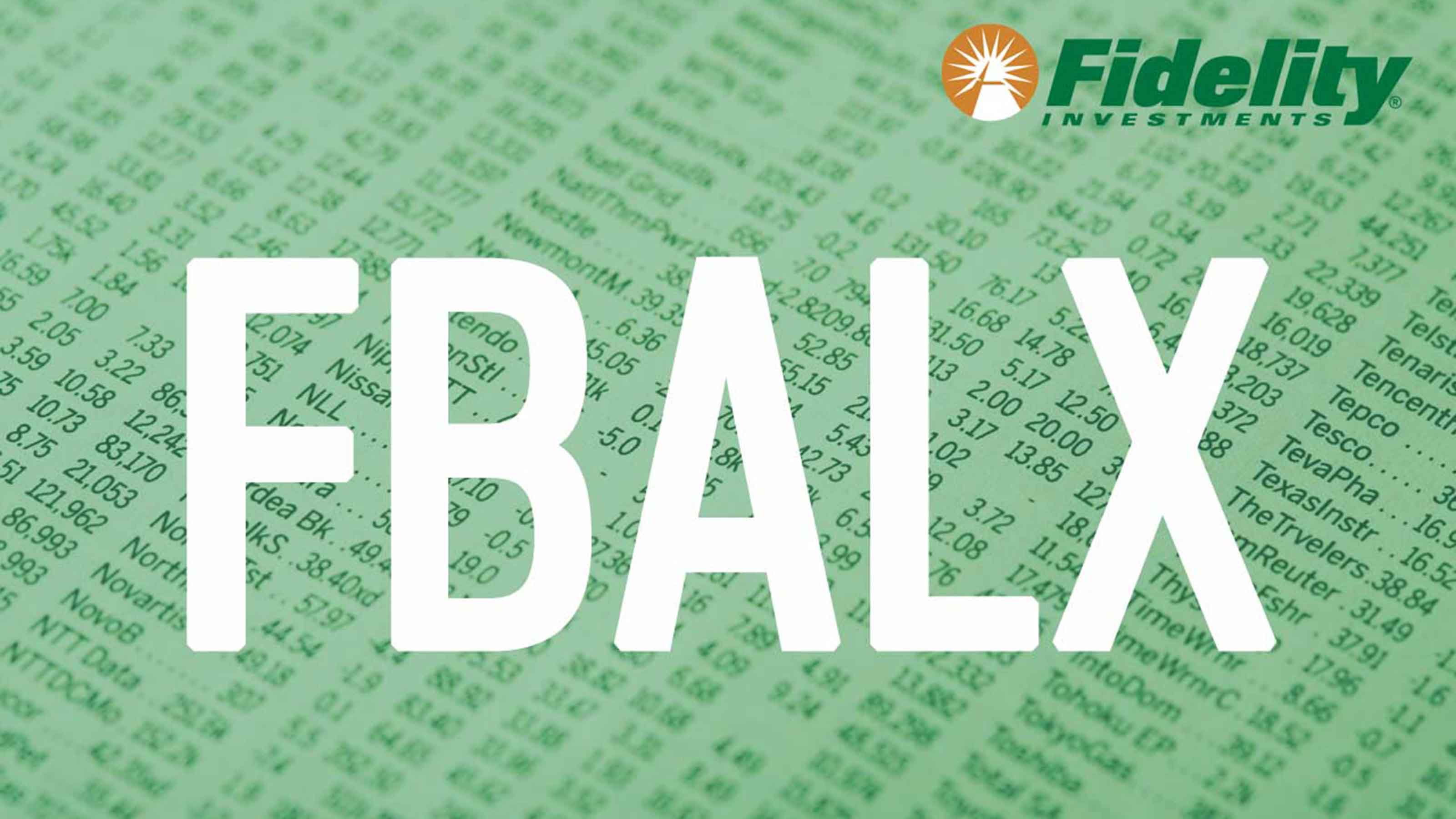
Fidelity Balanced
- Symbol: FBALX
- Expense ratio: 0.51%
- 1-year return: -7.7%
- 3-year annualized return: 10.8%
- 5-year annualized return: 9.6%
- 10-year annualized return: 10.3%
- Rank among the top 401(k) funds: #59
- Best for: Investors who want an all-in-one, stock-and-bond portfolio
Funds that hold stocks and bonds, otherwise known as balanced funds, are typically considered moderate all-in-one funds. But Fidelity Balanced is a little turbocharged. It typically holds an above-average stake in stocks compared with the peer group, funds that allocate 50% to 70% of assets to stocks.
At last report, FBALX held 70% of its assets in stocks – nearly 12 percentage points more than the typical balanced fund. On the bond side, the fund is a bit more staid than others, generally speaking. The debt securities it owns have an average credit rating of double-A, a higher rate than the single-A average credit quality of the typical balanced fund. Junk-rated or below bonds make up just 1% of the fund's assets, a fraction of the nearly 5% that its typical peer funds hold.
This Fidelity fund has a unique setup. Über-manager Robert Stansky makes the big-picture decisions of how much of the portfolio should own in stocks and in bonds. Seven stock pickers and four bond pickers, who specialize in specific sectors, do the specific security selection. U.S. government bonds dominate the bond portfolio. The usual suspects – including Microsoft, Apple, Amazon.com (AMZN) and Alphabet – top the stock side.
Balanced funds are good choices for investors who want a no-fuss, all-in-one fund. But this one is more aggressive than others. That means more volatility in down markets, so bear that in mind when you invest.
But overall, FBALX remains among the best of Fidelity's offerings in 401(k) plans. Smart portfolio positioning over the years has helped Fidelity Balanced deliver a 10-year annualized return that beats 96% of its peers. It currently yields 1.3%.
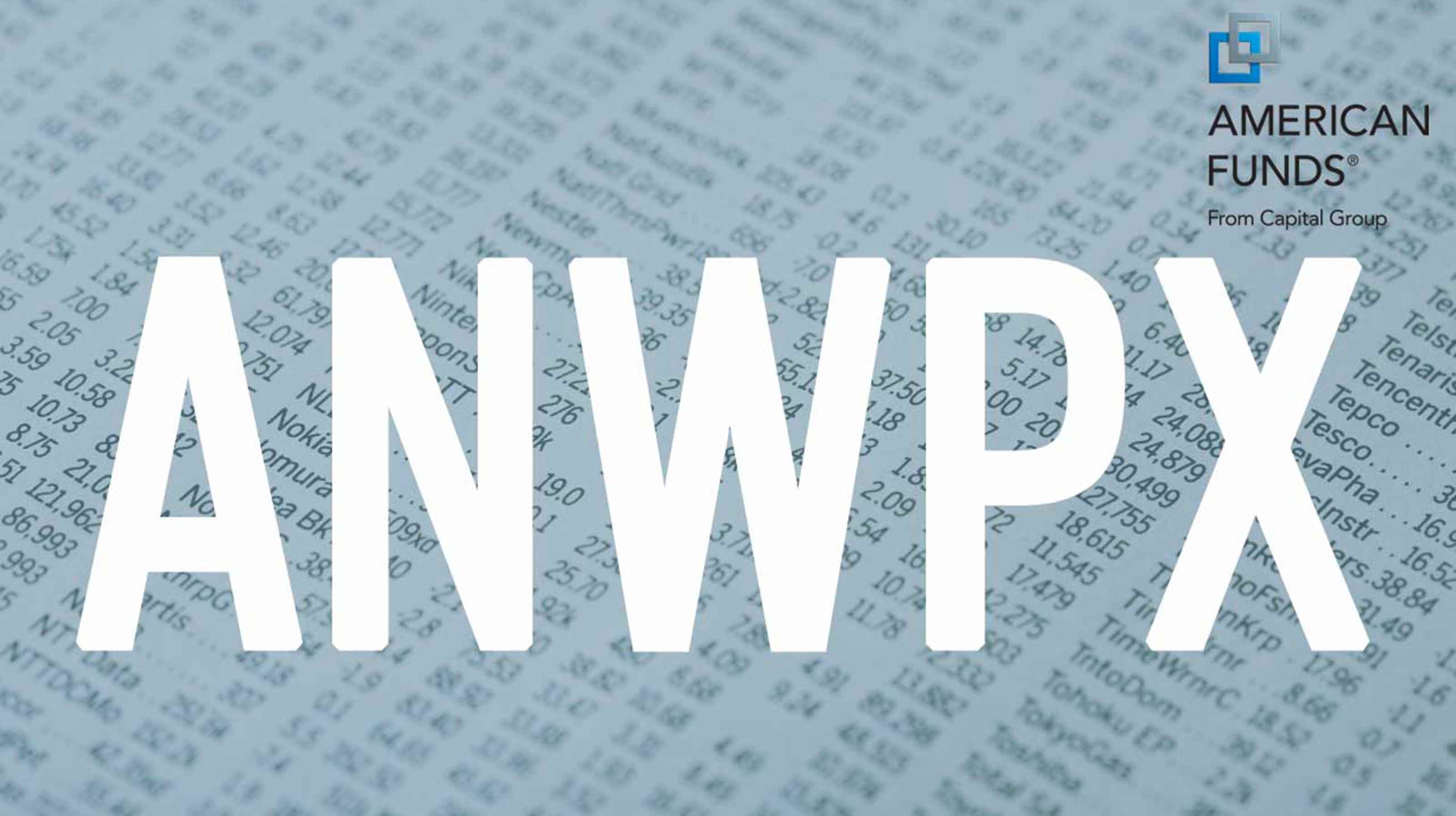
American Funds New Perspective
- Symbol: ANWPX
- Expense ratio: 0.72%
- 1-year return: -15.8%
- 3-year annualized return: 11.1%
- 5-year annualized return: 10.4%
- 10-year annualized return: 11.9%
- Rank among the top 401(k) funds: #56
- Best for: Global stock exposure
American Funds New Perspective fund splits its portfolio between U.S. and foreign stocks. It's a solid option for investors looking to beef up their foreign stock exposure, but maybe don't want to go all-in on a foreign-stock fund. At last report, the fund had 55% of its assets invested in U.S. stocks and 40% in international shares; 5% of the fund's assets are in cash.
Nine managers divide the portfolio's $111 billion in assets and invest their own sleeve as they see fit. But they all must invest in companies that receive a meaningful share of sales and operations outside of their home base. Together they have constructed a roughly 300-stock portfolio of mostly large companies with above-average earnings growth. Tesla (TSLA), Microsoft, Taiwan Semiconductor Manufacturing (TSM) and Facebook platform Meta Platforms (FB) are the fund's top holdings.
Next to its peers – funds that invest in foreign and U.S. large companies – New Perspective has stayed above average for the majority of each of the past 11 calendar years.
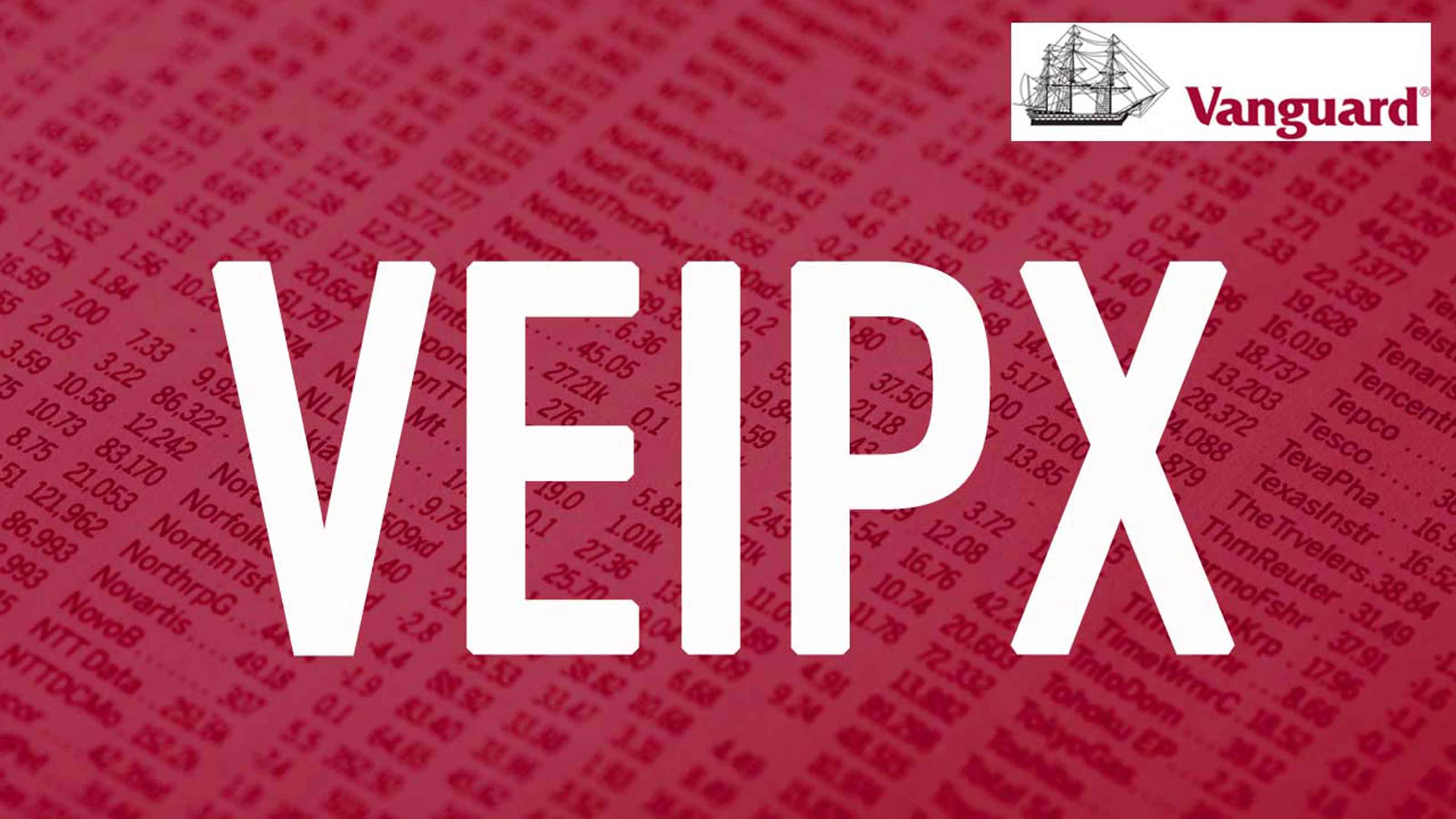
Vanguard Equity-Income
- Symbol: VEIPX
- Expense ratio: 0.28%
- 1-year return: 3.5%
- 3-year annualized return: 11.7%
- 5-year annualized return: 10.6%
- 10-year annualized return: 12.4%
- Rank among the top 401(k) funds: #52
- Best for: Investors looking for a steady dividend fund
We are longtime fans of Vanguard Equity-Income. It has been a member of the Kiplinger 25, our favorite actively managed no-load funds, since early 2017. Over the past five years, the fund has consistently turned in above-average returns with below-average volatility.
But we're watching VEIPX closely now because a key manager is leaving. Wellington Management's Michael Reckmeyer, who manages two-thirds of the fund's assets, is retiring in June 2022.
Matthew Hand, a longtime member of VEIPX's analyst team, has been tapped to take over. Back in 2018, Hand shed some of his analytical duties to work more closely with Reckmeyer and learn the art of portfolio building and risk management. Hand says that much will stay the same at Equity-Income.
"Mike and I both grew up at Wellington," he says. "We are extraordinarily aligned and share the same investment philosophy."
Manager shifts have taken place at the fund's other subadviser, Vanguard's in-house quantitative equity group, too. Those changes are less worrisome, however, because the quantitative stock group relies on a complex algorithm to choose stocks. That computer model shouldn't change with the new guard. Plus, the quant group runs just one-third of the portfolio.
VEIPX, which stands among the best Vanguard funds that are popular in 401(k) plans, might not beat the S&P 500 over time. But it's not too far behind, and the ride is smoother than that of the broad index. Plus, the fund's dividend yield, 2.3%, beats the current 1.7% yield of the S&P 500.
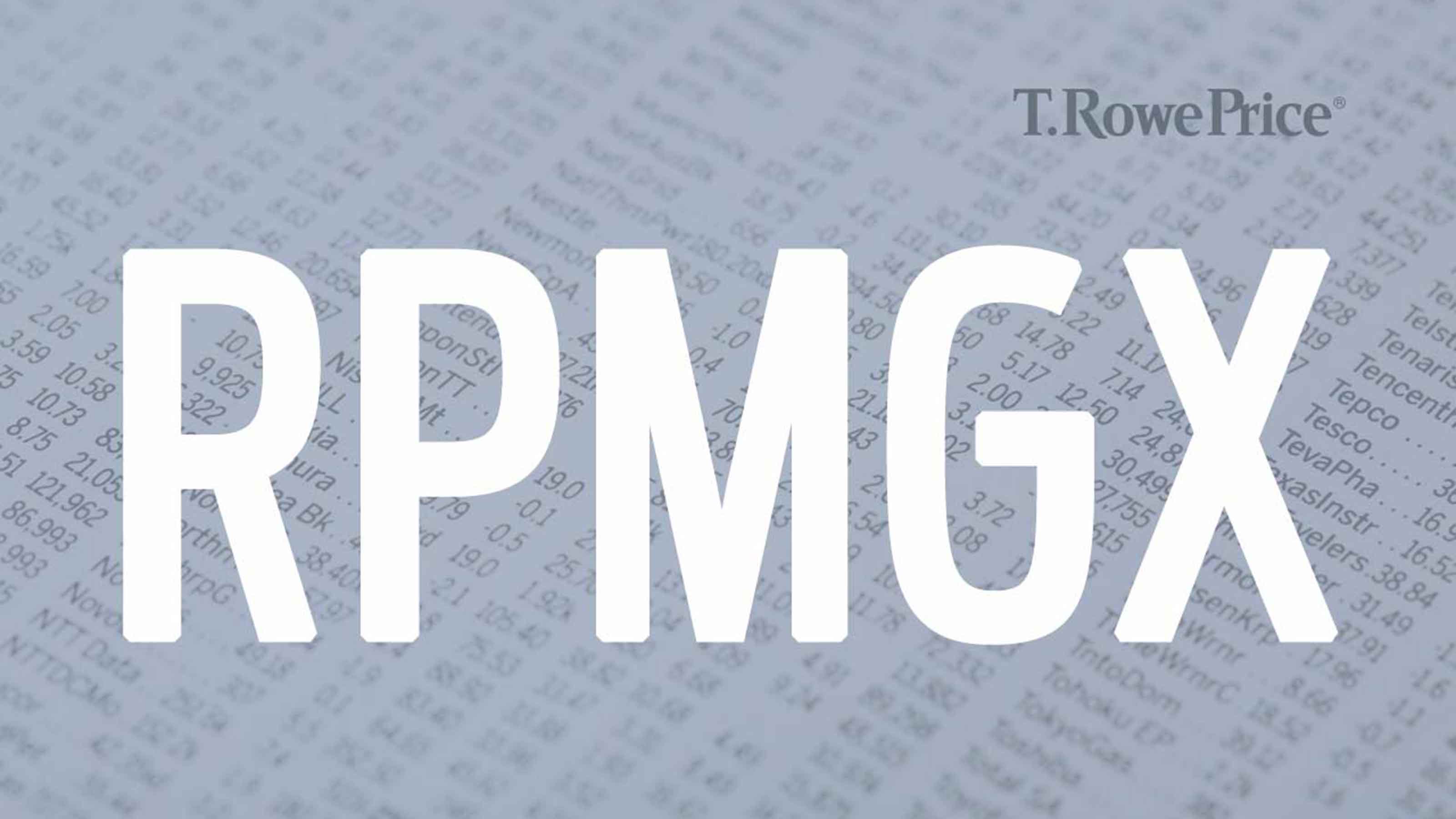
T. Rowe Price Mid-Cap Growth
- Symbol: RPMGX
- Expense ratio: 0.72%
- 1-year return: -15.6%
- 3-year annualized return: 7.5%
- 5-year annualized return: 9.8%
- 10-year annualized return: 13.1%
- Rank among the top 401(k) funds: #50
- Best for: Investors looking for long-term growth
Manager Brian Berghuis has run T. Rowe Price Mid-Cap Growth for close to three decades (it will be 30 years at the end of June 2022), delivering a 13.1% annualized return over the period. No other diversified U.S. stock fund manager in the country has done better – for as long. (Vanguard Primecap is hot on its heels, though.)
The only question is how much longer Berghuis, who just entered his 60s, will stick around. He has not announced any plans to retire. That's good news. But Mid-Cap Growth has taken on associate managers, which at T. Rowe Price is sometimes a signal (albeit a distant one) that a manager transition is in the works. The firm prefers to make changes slowly. Adding associate managers to a fund a year or more in advance of a manager retirement is not uncommon.
Berghuis still is lead portfolio manager and is ultimately responsible for portfolio decisions, but Donald Easley and Ashley Woodruff are the newly named associate managers on the fund; John Wakeman has been an associate portfolio manager since 1992.
RPMGX is all-around one of the best T. Rowe Price funds on offer.
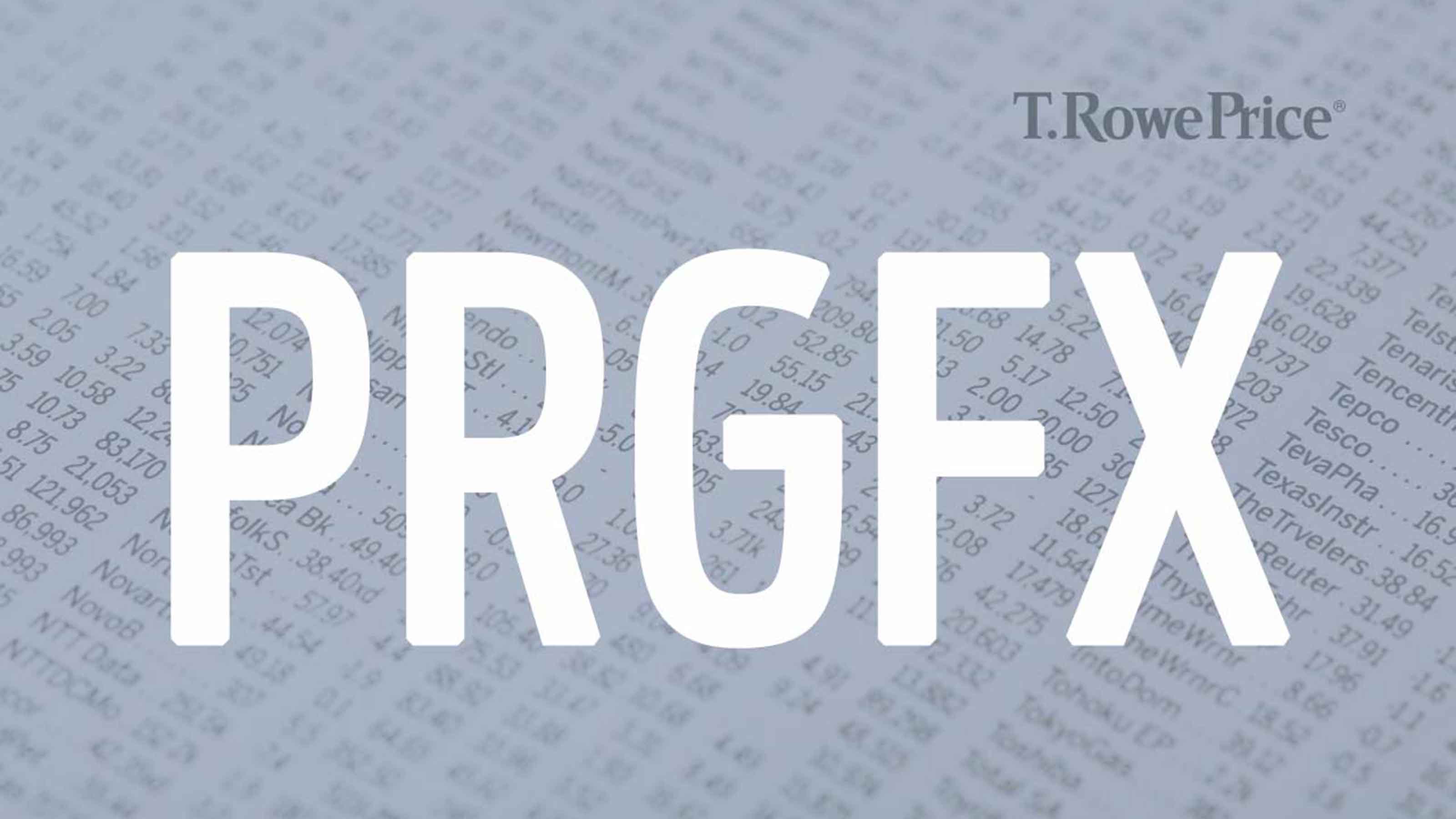
T. Rowe Price Growth Stock
- Symbol: PRGFX
- Expense ratio: 0.63%
- 1-year return: -26.0%
- 3-year annualized return: 6.7%
- 5-year annualized return: 9.8%
- 10-year annualized return: 13.3%
- Rank among the top 401(k) funds: #48
- Best for: Investors looking for extra exposure to large, fast-growing companies
T. Rowe Price Growth Stock is one of three large-company growth funds from T. Rowe Price – along with Blue Chip Growth (TRBCX) and Large-Cap Growth I (TRLGX) – that rank among the most widely held 401(k) funds. That's hardly surprising given the firm's rich record with growth investing. Chances are your 401(k) plan only offers one of them, so you won't have to choose between them.
PRGFX is a decent choice for investors looking for a good growth fund. Manager Joe Fath likes to invest in companies that feature one or more of the following characteristics: industry leadership in a lucrative part of the economy, superior growth in earnings and cash flow, an ability to sustain or expand earnings momentum even during tough economic times. The traits typically lead Fath to concentrate on four sectors: information technology, consumer discretionary, communications services and healthcare.
In mid-2021, PRGFX shareholders agreed to reclassify the fund as non-diversified, instead of diversified, meaning the fund can invest a greater portion of its assets in fewer issuers. This could lead to more volatility, but the firm has said publicly that it believes reclassification won't "substantially affect the way a fund is currently managed."
That said, Fath hasn't made significant changes to the portfolio – yet. In late 2020, the fund's biggest 10 holdings in the fund represented 46% of the fund's assets. By mid-2022, almost nine months after Growth Stock was reclassified – the top 10 holdings represented 52% of the fund's assets.
PRGFX is one of the best mutual funds available in 401(k) plans, and a solid growth stock fund for investors looking to spice up their core portfolio.
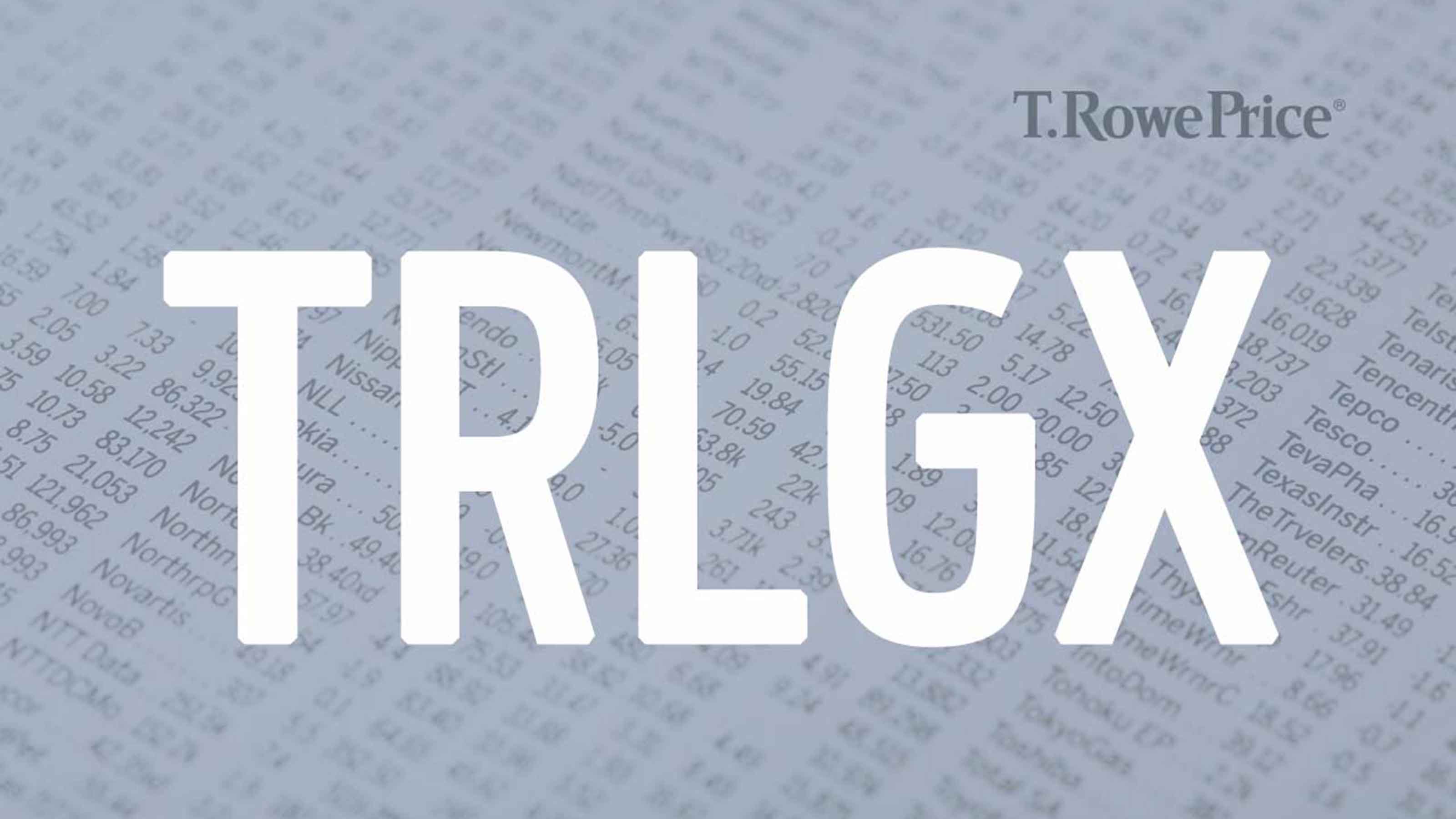
T. Rowe Price Large-Cap Growth Class I
- Symbol: TRLGX
- Expense ratio: 0.55%
- 1-year return: -21.5%
- 3-year annualized return: 0.8%
- 5-year annualized return: 13.4%
- 10-year annualized return: 15.6%
- Rank among the top 401(k) funds: #46
- Best for: Aggressive investors looking for above-average returns
Regular mom-and-pop investors can't invest on their own in T. Rowe Price Large-Cap Growth I, because it has a $1 million minimum and is designed for institutional clients, such as a 401(k) plan. But it's one of T. Rowe Price's best funds. And it sports a well-below-average 0.55% expense ratio, the lowest of all the T. Rowe price funds mentioned in this story.
Manager Taymour Tamaddon took over in early 2017, so we limit our scrutiny to the length of his tenure. But Tamaddon has delivered, outperforming his peers – funds that invest in large, growing companies – as well as the S&P 500.
Tamaddon, like almost every other U.S. growth stock fund manager, holds the usual suspects at the top of his portfolio. But he takes sizeable bets. Alphabet, Microsoft and Amazon.com, at last report, were the top three holdings. Together, they comprised 29% of the fund's assets.
Along with Blue Chip Growth and Growth Stock, Large-Cap Growth was also reclassified in mid-2021 as a non-diversified fund with the SEC, which allows it to concentrate in a certain sector, industry or geographic area. As mentioned, Tamaddon already takes big stakes in specific stocks. But further concentration might add to the fund's volatility.
Even so, as long as you can stomach the bumps along the way, T. Rowe Price Large-Cap Growth is a solid choice for investors looking to tap into fast-growing U.S. companies.
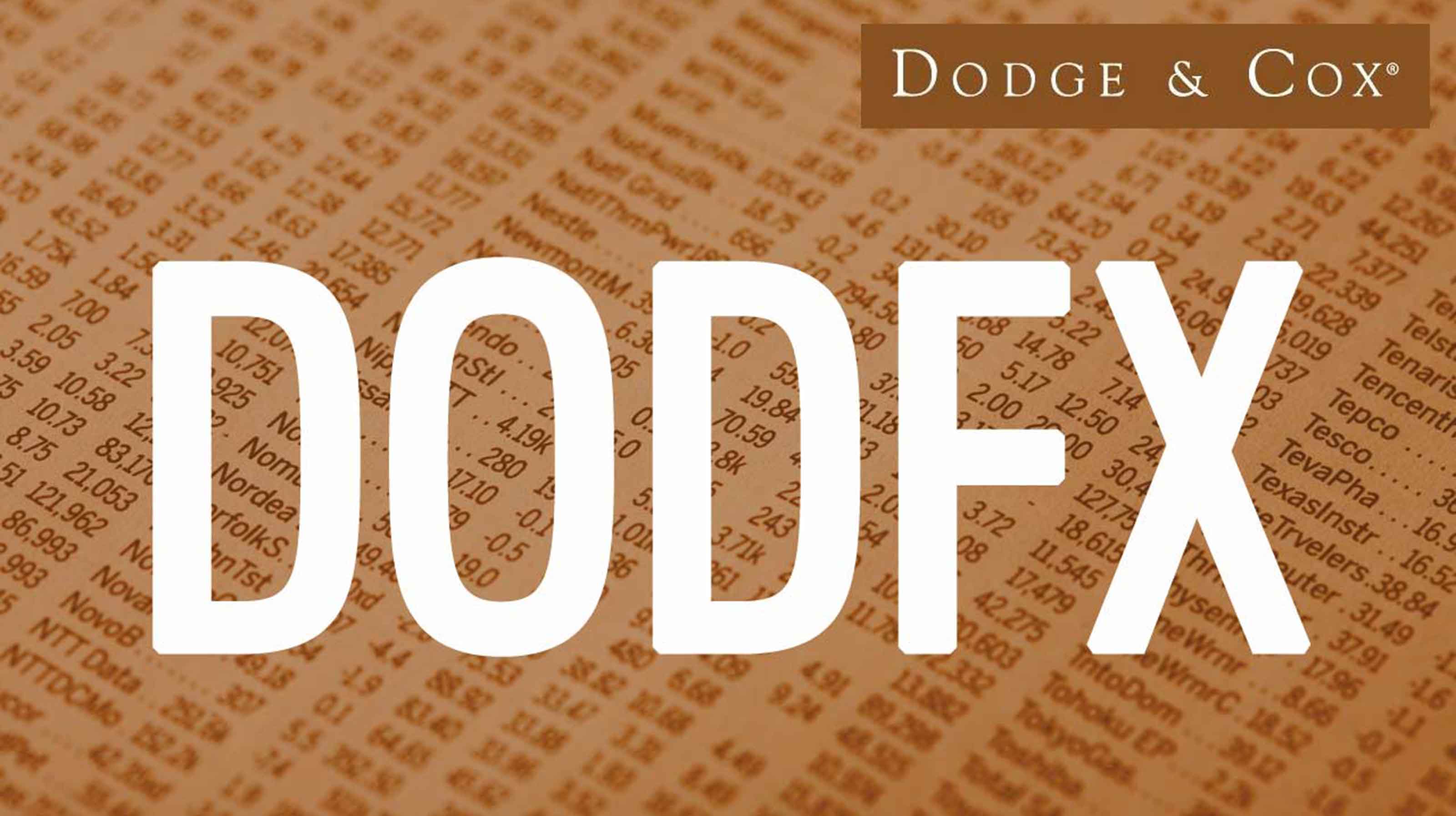
Dodge & Cox International Stock
- Symbol: DODFX
- Expense ratio: 0.62%
- 1-year return: -6.7%
- 3-year annualized return: 6.9%
- 5-year annualized return: 3.1%
- 10-year annualized return: 7.2%
- Rank among the top 401(k) funds: #42
- Best for: Foreign stock exposure
At Dodge & Cox International Stock, seven managers work together doing meticulous research on every prospective security. They love a good bargain, which makes them a bit contrarian. When any given company's shares are down because of bad news or economic headwinds, you can bet that DODFX managers are poking around. They're looking to find good deals on companies with a competitive edge, good growth prospects and smart executives.
International has the leeway to invest in companies in the developed and emerging worlds. In recent months, the fund has taken a small step back from emerging-markets stocks, lowering its exposure to nearly 17% of assets from 20% in late 2021. Firms based in developed Europe and the U.K. comprise most of the portfolio. Drug companies GlaxoSmithKline (GSK) and Sanofi (SNY) are the fund's top holdings.
These days, DODFX is heavily tilted toward financials, energy and materials stocks because they trade at attractive valuations and will benefit from rising interest rates, and in some cases, rising commodity prices. International is also leaning into reasonably valued innovative tech, internet and health care companies.
Foreign stocks have trailed U.S. stocks in recent years, and that's still the case today. Over the past 12 months, the MSCI EAFE index, which tracks stocks in foreign developed countries, has lost 12.4%, lagging the 4.9% loss in the S&P 500. Emerging-markets stocks, as measured by the MSCI Emerging Markets index, also trailed, with a 20.3% decline over the past year.
Dodge & Cox International Stock has lost ground, too, but it's held up better than both international indexes, losing 6.7% over the past 12 months, in part because the value-priced shares have done better.
Despite the recent declines in foreign stock markets, DODFX is a solid 401(k) mutual fund for investors who want an actively managed foreign-stock portfolio. But some patience is required for this contrarian strategy.

Dodge & Cox Income
- Symbol: DODIX
- Expense ratio: 0.41%
- 1-year return: -7.8%
- 3-year annualized return: 1.4%
- 5-year annualized return: 2.0%
- 10-year annualized return: 2.8%
- Rank among the top 401(k) funds: #40
- Best for: Patient investors looking for a solid, actively managed intermediate-term bond fund
Dodge & Cox is a 90-year-old company with a steady, consistent investment process. Multiple managers take on each fund.
On Dodge & Cox Income, eight managers with an average of more than 15 years of investing experience buy mostly high-quality bonds with an eye toward providing current income and preserving capital. Their hunting grounds include a variety of fixed-income sectors including Treasuries, mortgage- and asset-backed debt, corporate debt and municipal bonds, among others. But they like a good bargain and will tilt toward pockets of the market where they see good opportunities, within the context of their view of the economy and relative yields of securities in bond subsectors, among other factors.
Active management counts when it comes to investing in intermediate-term bond funds, and the managers at Dodge & Cox certainly back that up. Over each of the past one, three, five, 10 and 15 years, DODIX has beat the Bloomberg U.S. Aggregate Bond Index.
The bond market has had a challenging time so far in 2022, nagged by rising interest rates as well as concerns about persistent inflation, an aggressive Federal Reserve, a possible economic slowdown, a lingering pandemic and escalating geopolitical conflict. The Agg index suffered its worst quarterly return in more than 40 years over the first three months of the year.
Dodge & Cox Income managed to eke out a better-than-benchmark performance, albeit with a loss of 5.2%. The bond market selloff created opportunities for the managers to pick up attractively priced corporate debt (including a new position in Goldman Sachs debt) and government-guaranteed mortgage-backed securities.
DODIX yields 2.42%.
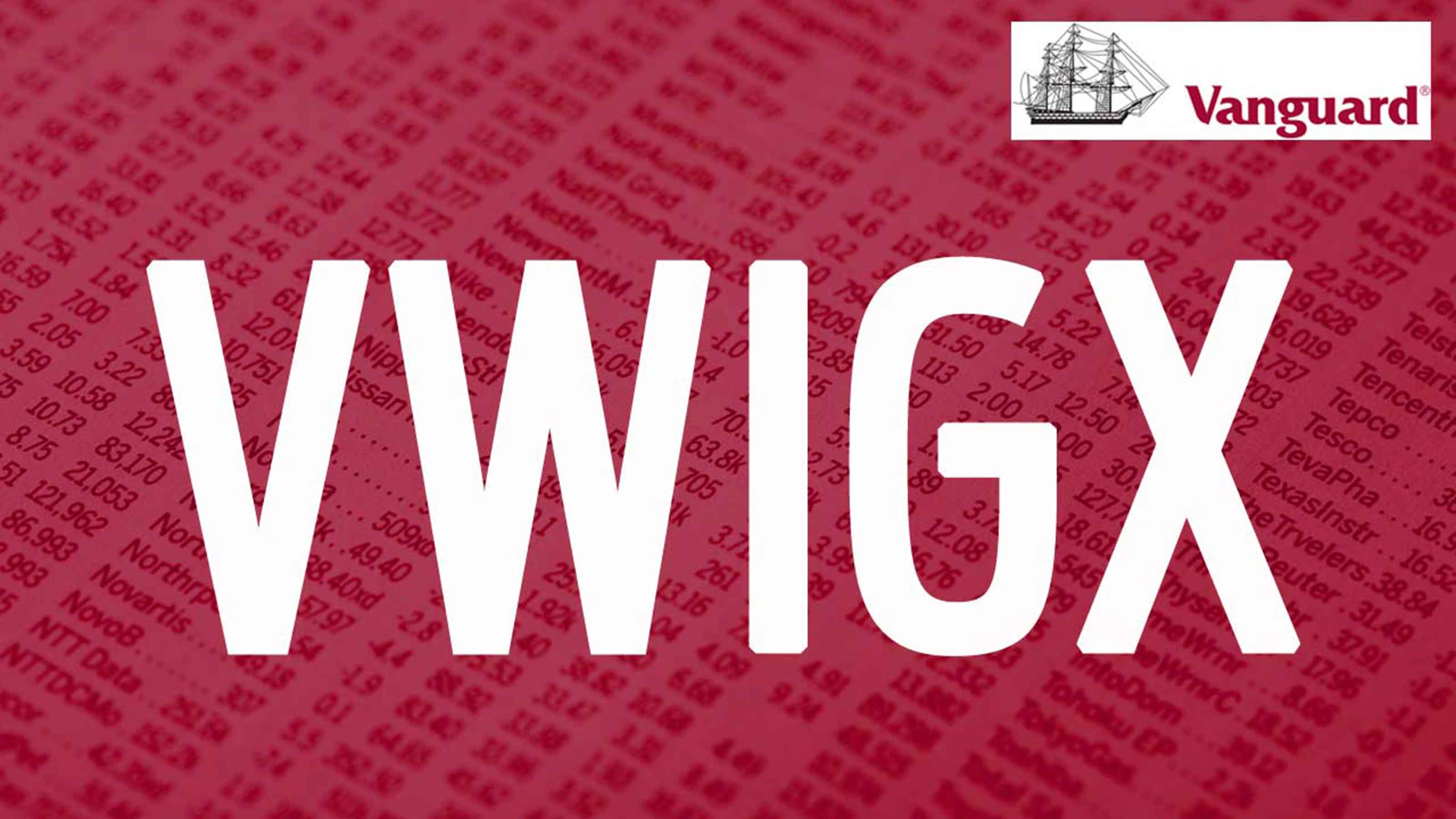
Vanguard International Growth
- Symbol: VWIGX
- Expense ratio: 0.43%
- 1-year return: -30.6%
- 3-year annualized return: 9.3%
- 5-year annualized return: 8.3%
- 10-year annualized return: 9.8%
- Rank among the top 401(k) funds: #36
- Best for: Foreign stock exposure
We have long lauded Vanguard International Growth as a superstar for delivering above-average returns with below-average risk. But we're feeling a little cautious these days because a key manager left in April 2022. Another worry is the current war between Russia and Ukraine and how that might affect the European economy and the stock market.
Investment firm Baillie Gifford is one of two subadvisers that run VWIGX, but it manages the biggest chunk (70%) of the assets. And Baillie Gifford's James Anderson, a manager since 2003, is leaving. Comanager Thomas Coutts remains, however, and he has been in place since late 2016. Lawrence Burns was named comanager in 2020.
Managers from Schroders run the remaining 30%. That won't change, and Simon Webber has been with the fund since late 2009, but he does have a new comanager in James Gautrey, who joined in late 2020.
The two firms, both U.K.-based, have slightly different approaches to picking growth stocks; Vanguard chose them to complement each other. Baillie Gifford is willing to pay up for stocks with explosive growth. Schroders' ideal stock is underappreciated but growing fast.
VWIGX's portfolio holds roughly 120 stocks, mostly in large companies domiciled in developed countries. The crisis in Ukraine has hobbled European stocks, which comprise more than 40% of the portfolio. As a result, top holdings MercadoLibre (MELI), Dutch payment platform Adyen (ADYEY) and French-based luxury goods group Kering (PPRUY) have suffered double-digit declines, which has hurt the fund's performance.
Another trouble spot has been China, almost halfway around the world from Ukraine. China stocks make up 13% of the assets and some have been a real drag. Chinese internet powerhouses Tencent Holdings (TCEHY) and Alibaba Group (BABA), for example, are among the portfolio's top 10 holdings and make up more than 6% of assets. Those stocks have underperformed recently because of a regulatory crackdown on tech firms and other shake ups in China.
VWIGX has long been one of our favorite international stock funds. But we'll be watching it carefully over the next year or two, as the fund navigates a choppy international market environment.
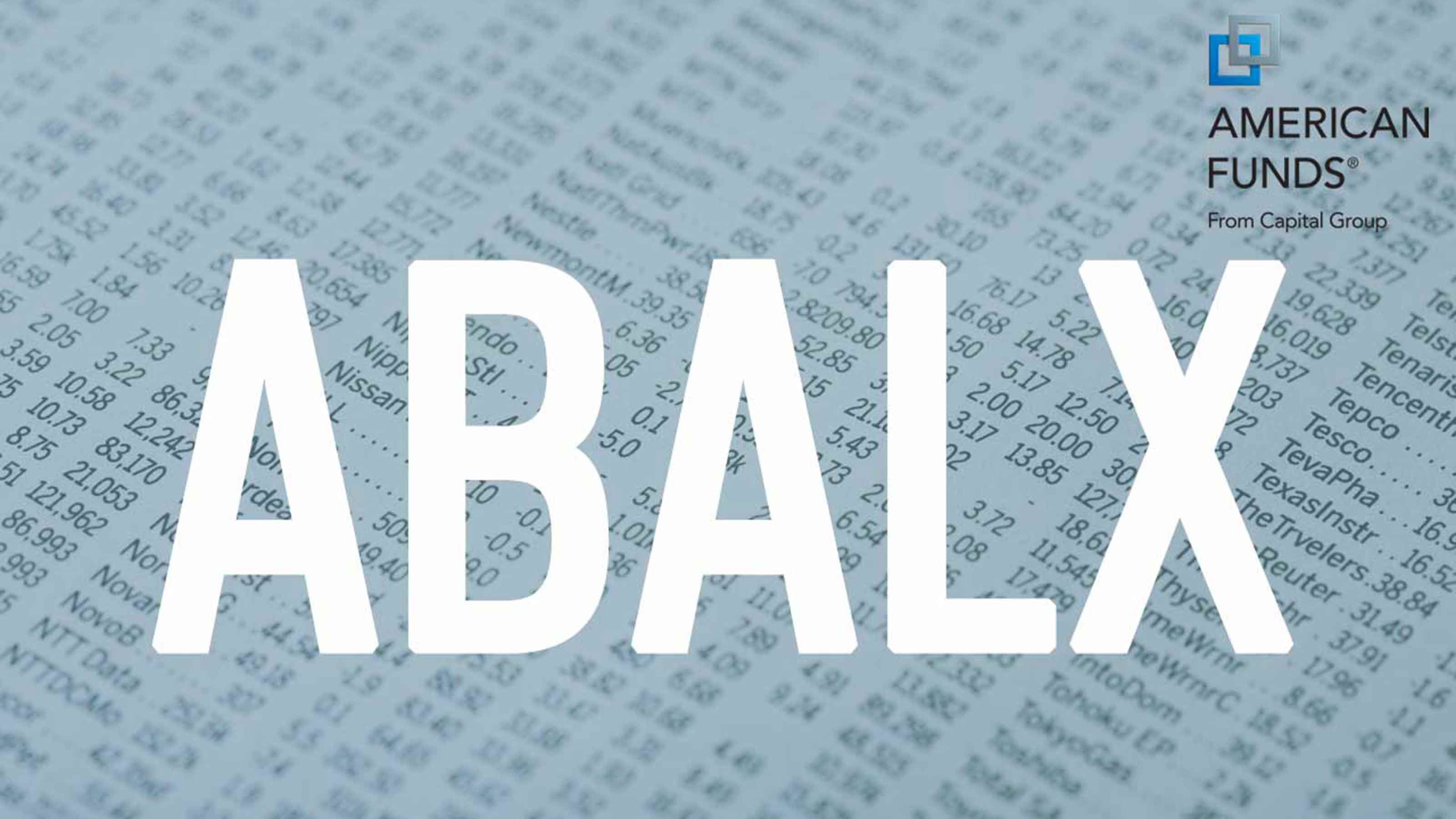
American Funds American Balanced
- Symbol: ABALX
- Expense ratio: 0.56%
- 1-year return: -4.4%
- 3-year annualized return: 8.1%
- 5-year annualized return: 7.7%
- 10-year annualized return: 9.5%
- Rank among the top 401(k) funds: #31
- Best for: Investors who want an all-in-one fund that holds stocks and bonds
Like other balanced funds, American Funds American Balanced holds stocks and bonds. It is designed, say the managers in a recent report, "to serve as the complete portfolio of a prudent investor."
In other words: Buy shares in this fund, and you're done.
ABALX fine-tunes its blend of stocks and bonds to achieve three goals: conserve capital, provide current income and offer long-term growth. Keeping volatility at bay and delivering steady returns is also a priority. At last report, the fund held 65% of its assets in stocks, 32% in bonds and 3% in cash and other securities. The fund has a current yield of 1.00%.
The portfolio's risk-aware positioning helped in early 2020, when both stocks and bonds plummeted in value during the pandemic's early days. American Balanced sank 22% between February and March 2020, while its typical peer – funds that allocate 50% to 70% in stocks – lost 24%. Indeed, the fund is a peer-beater. Over the past 10 years, American Balanced outpaced 94% of its peers with a 9.5% annualized return.
ABALX is among the best mutual funds you can stash in a 401(k) portfolio. As balanced funds go, it's a standout option.
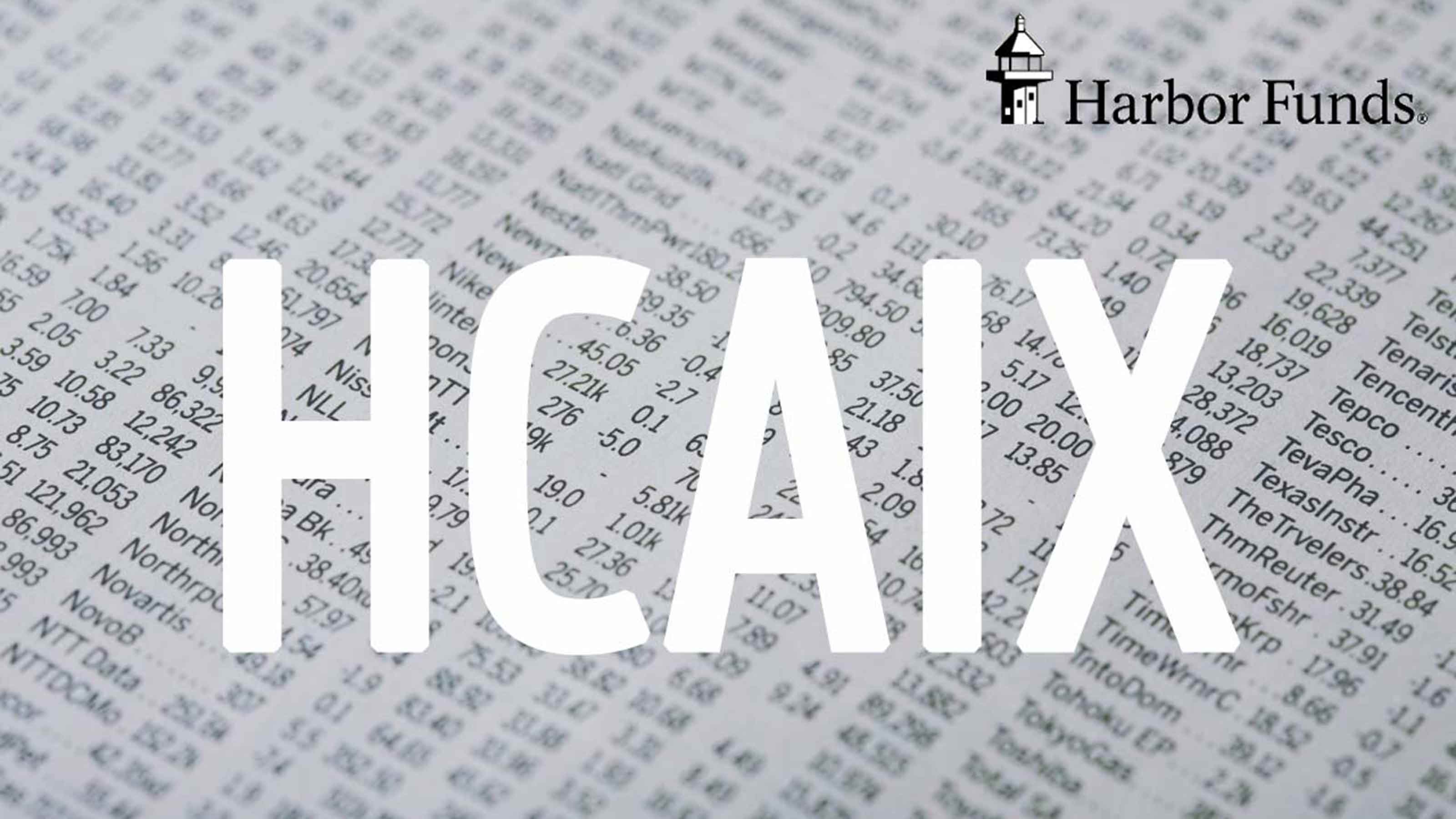
Harbor Capital Appreciation
- Symbol: HCAIX
- Expense ratio: 1.01%
- 1-year return: -23.0%
- 3-year annualized return: 10.1%
- 5-year annualized return: 12.4%
- 10-year annualized return: 13.8%
- Rank among the top 401(k) funds: #30
- Best for: Investors looking for growth
Managers Sig Segalas and Kathleen McCarragher are the longest tenured managers behind Harbor Capital Appreciation, which counts two others comanagers appointed in 2019, Blair Boyer and Natasha Kuhlkin. But the fund managers also have a team of analysts working alongside them.
And they all work for Jennison Associates as subadvisers running HCAIX.
The managers look for large companies, with at least $1 billion in market value at the time of purchase, with robust earnings and sales growth, high or improving profitability, and strong balance sheets. They're not value investors, but they prefer to buy stocks at prices that are attractive relative to long-term growth prospects. Most of the stocks in the portfolio are in companies that lead their industries, have capable and disciplined managers running the firm, and that conduct substantial research and development.
Capital Appreciation's top holdings are well-known U.S. stocks. Amazon.com, Tesla, Apple, Microsoft and Nvidia (NVDA), for instance, topped the portfolio at last report. But some of HCAIX's fund's best performers have been off the beaten path. Foreign stocks comprise 8% of assets, for instance, and include Dutch secure payment platform Adyen and French luxury goods maker LVMH Moet Hennessy Louis Vuitton (LVMUY).
Harbor Capital Appreciation has been a standout performer over the years. Its 15-year annualized return ranks among the top 28% of all large-company growth funds. It's consistent, too. The fund has outpaced its peers in seven of the past 10 full calendar years (between 2012 and 2021).
The tradeoff is high volatility. Over the past decade, HCAIX has been more volatile than 91% of its peers. Even so, this is a great long-term choice for investors who want to enhance their exposure to fast-growing companies.
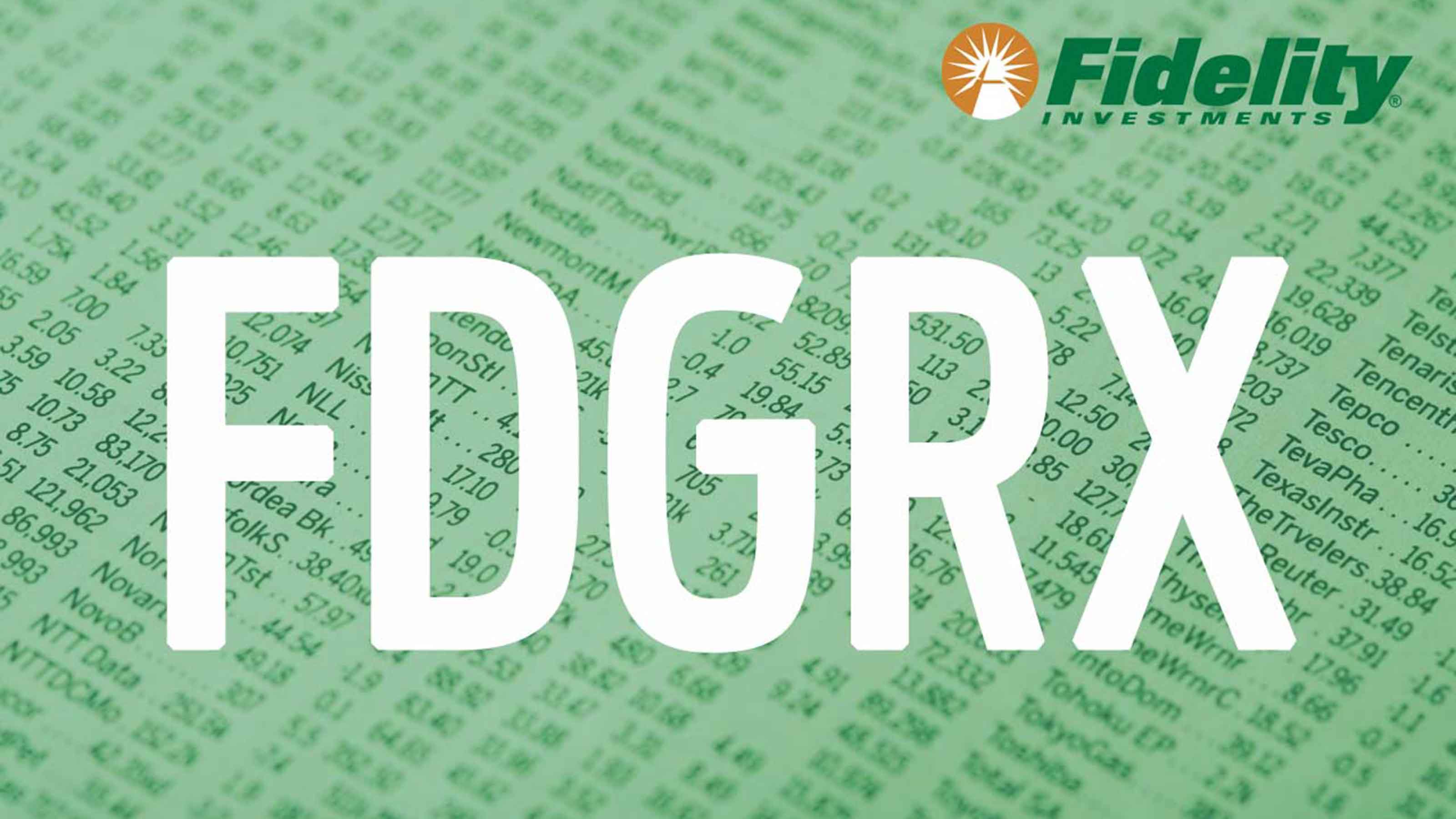
Fidelity Growth Company
- Symbol: FDGRX
- Expense ratio: 0.79%
- 1-year return: -19.1%
- 3-year annualized return: 18.6%
- 5-year annualized return: 17.2%
- 10-year annualized return: 17.6%
- Rank among the top 401(k) funds: #26
- Best for: Aggressive investors looking for to generate wealth
Fidelity Growth Company is Fidelity's best large-company growth fund. Over the past decade, manager Steven Wymer has delivered a 17.6% annualized total return to shareholders, which trounces the S&P 500. Only three funds have done better than that over the past 10 years.
Its heavy growth tilt has hurt performance in recent months; the fund lost 30.9% in first 20 weeks of 2022. By contrast the S&P 500 index lost just 17.7%. Even so, for investors with long-term horizons, this is a winner. Despite the recent drubbing, growth stocks will come back, which makes this is an opportune time to invest in Growth Company.
Many investors are shut out of Fidelity Growth Company now because it's closed to new investors. But if your 401(k) plan includes FDGRX as an investment option, you can still invest in it, even if you're new to the fund.
Wymer holds more than 450 stocks in the fund, with a heavy tilt toward information technology companies, such as Nvidia, Salesforce.com (CRM) and Apple, as well as communications services firms, such as Google parent Alphabet and Facebook parent Meta Platforms.
If you're lucky enough to have access to FDGRX in your 401(k) plan, buy shares.
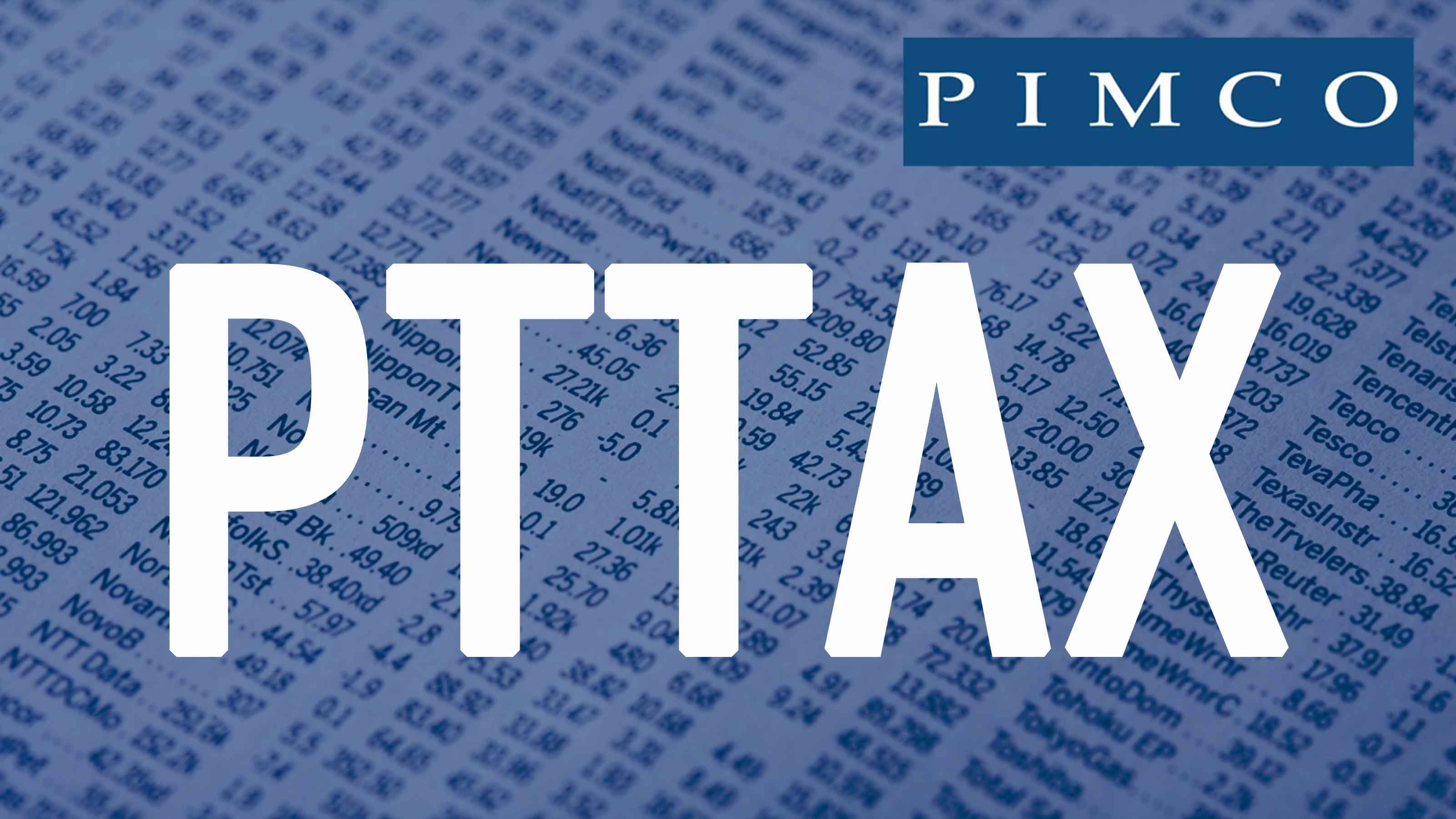
Pimco Total Return
- Symbol: PTTAX
- Expense ratio: 0.81%
- 1-year return: -8.9%
- 3-year annualized return: 0.3%
- 5-year annualized return: 1.1%
- 10-year annualized return: 1.8%
- Rank among the top 401(k) funds: #18
- Best for: Bond investors looking for a core intermediate-term bond fund holding
About a decade ago, Pimco Total Return was the biggest bond fund in the country and its manager, Bill Gross, was "the bond king." But in 2014, Gross left the fund and PIMCO, the firm he cofounded, under a cloud after a string of missed big-picture calls on the economy and interest rates. The firm explained the departure was due to "fundamental differences."
Since then, PTTAX has slipped from its perch. It's not the biggest bond fund anymore. But with $62 billion in assets, Pimco Total Return still ranks among the most widely held bond funds in America.
On a total return basis, it's not a dazzler, but the fund is still a solid choice for bond exposure in your 401(k). Over the past five years, well after the dust from Gross's departure settled, the fund has returned 1.1% annualized, just behind the 1.2% annualized return in the Bloomberg U.S. Aggregate Bond index.
Mark Kiesel, Scott Mather and Mohit Mittal now run Pimco Total Return together, but the fund's process hasn't changed. The firm's investment committee makes broad calls on the economy and interest rates, which guides the managers and analysts as they do their research on security selection and make decisions on what sectors to focus on.
They invest mostly in investment-grade debt. U.S. government-related debt and high-quality corporate credit make up more than half of assets at last report. But the fund also buys junk-rated corporate IOUs (1%), mortgage-backed and asset-backed securities (39%), and foreign debt issued in emerging countries (6%). (The allocations don't add up to 100 because of certain short-duration securities that the fund holds, including futures, swaps and other derivatives.)
The investment process can sometimes lead to missteps – if the firm's investment committee makes the wrong call, say, on the direction of interest rates. But over time, the strength of PTTAX's security selection, which is driven by thorough fundamental analysis, has kept the fund steady. It beats the Bloomberg U.S. Aggregate Bond Index over time and boasts better risk-adjusted returns, too. Also, the fund yields 2.0%.
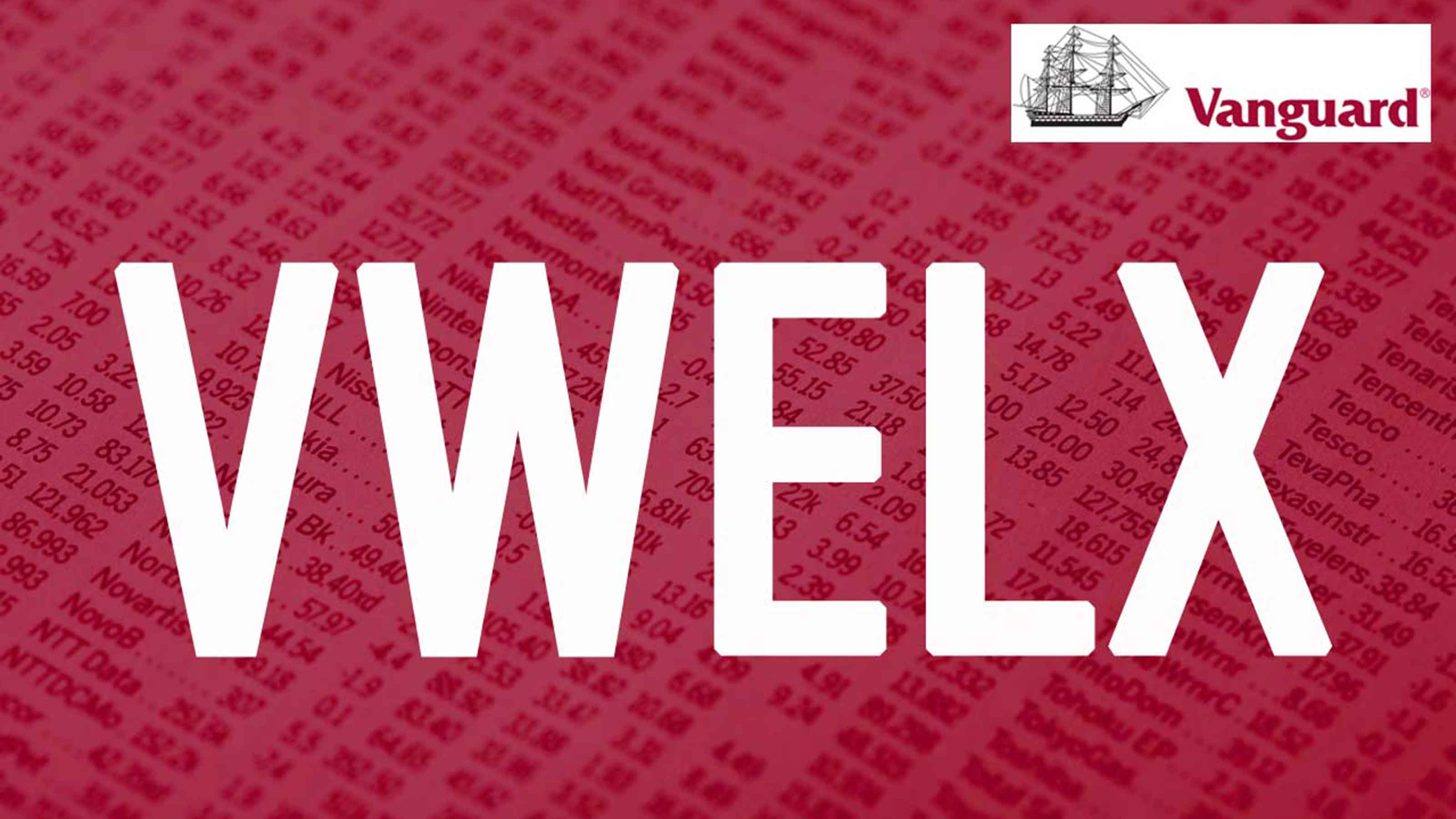
Vanguard Wellington
- Symbol: VWELX
- Expense ratio: 0.24%
- 1-year return: -5.7%
- 3-year annualized return: 7.9%
- 5-year annualized return: 7.8%
- 10-year annualized return: 9.3%
- Rank among the top 401(k) funds: #10
- Best for: Moderately conservative investors who seek an all-in-one portfolio that holds stocks and bonds
Vanguard Wellington has a long history and a standout long-term record. Founded in 1929, it is the nation's oldest balanced fund. Roughly two-thirds of the fund is stocks; the rest of the portfolio is devoted to bonds.
VWELX has undergone a bit of a changing of the guard at the top, along with a couple of other funds on this list. Daniel Pozen, a comanager since 2019, took over as sole manager of the stock side of the fund in July 2020; Loren Moran, a comanager on the bond side since 2017, is now the fund's sole bond picker after a comanager retired in June 2021.
On the stock side, Pozen favors high-quality large companies with a competitive edge over peers. Alphabet, Microsoft and Apple were top holdings at last report. He has trimmed the number of stocks in the portfolio from the high 80s to roughly 70 since taking over.
"There are only so many great ideas in the market at any time that we should lean into the best ideas and make sure they can impact shareholders' investment outcomes," Pozen says.
Stocks aren't required to pay a dividend to be considered for the portfolio, but roughly 85% of the stocks in the fund do.
On the bond side, Moran tilts heavily toward high-quality corporate debt, but spices up returns with a smattering of investment-grade asset-backed securities and taxable municipal bonds. She holds just over one-quarter of the fixed-income portfolio in Treasuries and agency bonds to maintain liquidity – easy access to cash – in VWELX. That's less than the typical 37% of assets that peer balanced funds hold on average.
Vanguard Wellington is a moderate-risk investment choice because it holds both stocks and bonds. But it still packs a punch. Compared with other balanced funds, VWELX boasts above-average returns and below-average volatility. Over the past five years – which includes the period that Moran has been with the fund – Vanguard Wellington beats 82% of its peers with an 7.8% annualized return. It yields 2.1%.
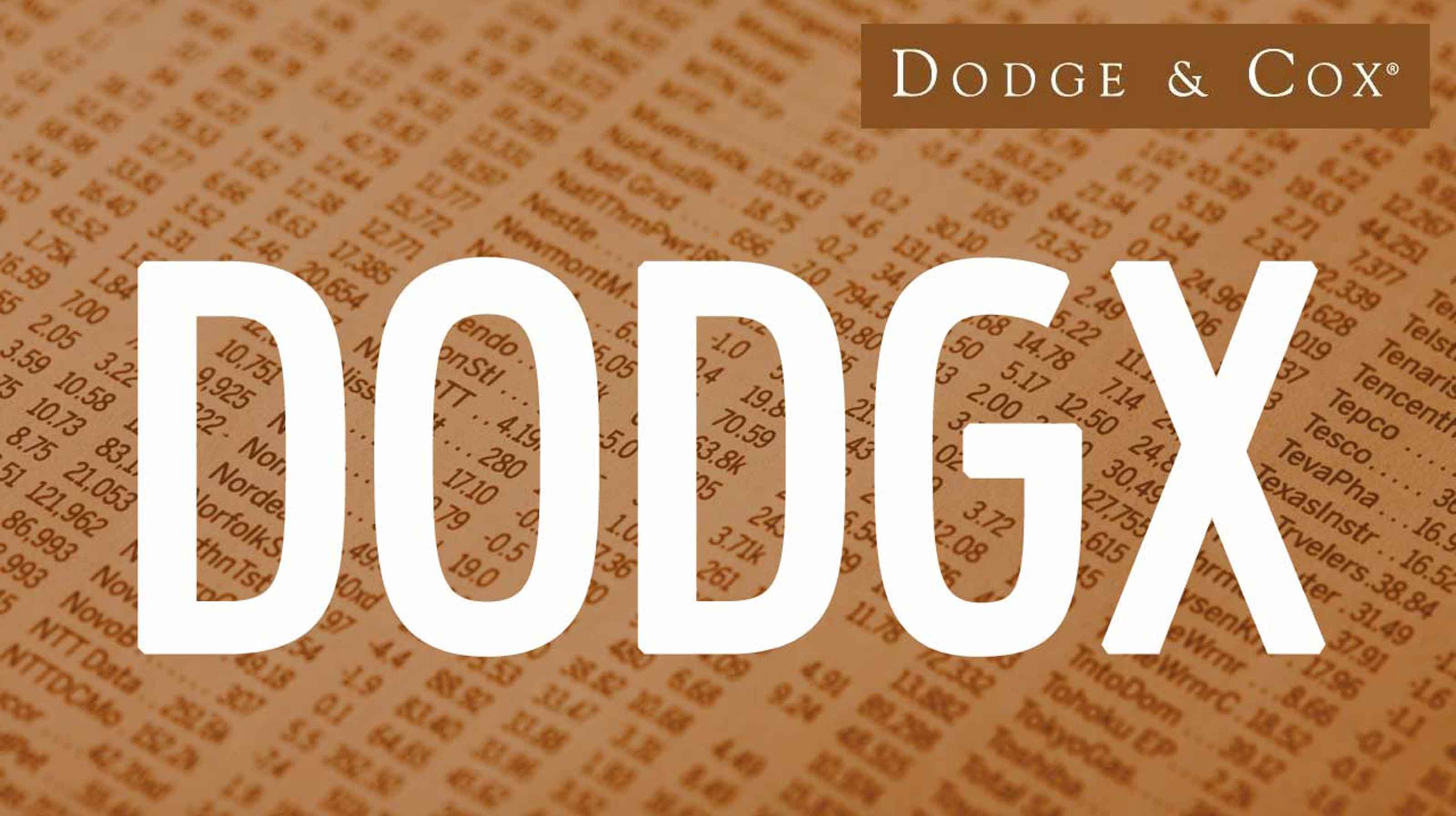
Dodge & Cox Stock
- Symbol: DODGX
- Expense ratio: 0.51%
- 1-year return: -3.1%
- 3-year annualized return: 13.3%
- 5-year annualized return: 11.2%
- 10-year annualized return: 14.3%
- Rank among the top 401(k) funds: #8
- Best for: Patient investors with long-time horizons
Dodge & Cox Stock has been a member of the Kiplinger 25, our favorite actively managed no-load funds, since 2008. The fund's contrarian, buy-at-a-bargain-and-wait strategy takes some extra patience and is best suited to investors with long time horizons.
Longtime shareholders have not been disappointed. Over the past decade, DODGX has returned 14.3% annualized. That beats the S&P 500, a large-company stock index, which has gained 13.9% annualized. Dodge & Cox Stock is in a league of its own next to its peers (large-company value funds) too. Its 10-year record beats 99% of the competition.
Nine managers work collectively to pick stocks in companies that are temporarily undervalued by the stock market but have a favorable long-term growth outlook. Holdings in the portfolio, for example, sport an average 13.1 price-to-earnings ratio based on earnings estimates for the next 12 months. By contrast, constituents in the S&P 500 index have an average forward P/E ratio of 20.0.
Shares in financial and health care companies comprise 45% of the fund's assets. Among the fund's biggest holdings, for instance, are Wells Fargo (WFC), Capital One Financial (COF), Charles Schwab (SCHW) and Sanofi. Foreign stocks make up nearly 12% of assets.
Dodge & Cox Stock is one of the best mutual funds for 401(k) investors seeking a market-beating actively managed fund. But the contrarian tilt of this fund is best suited to those with a medium to long time horizon.
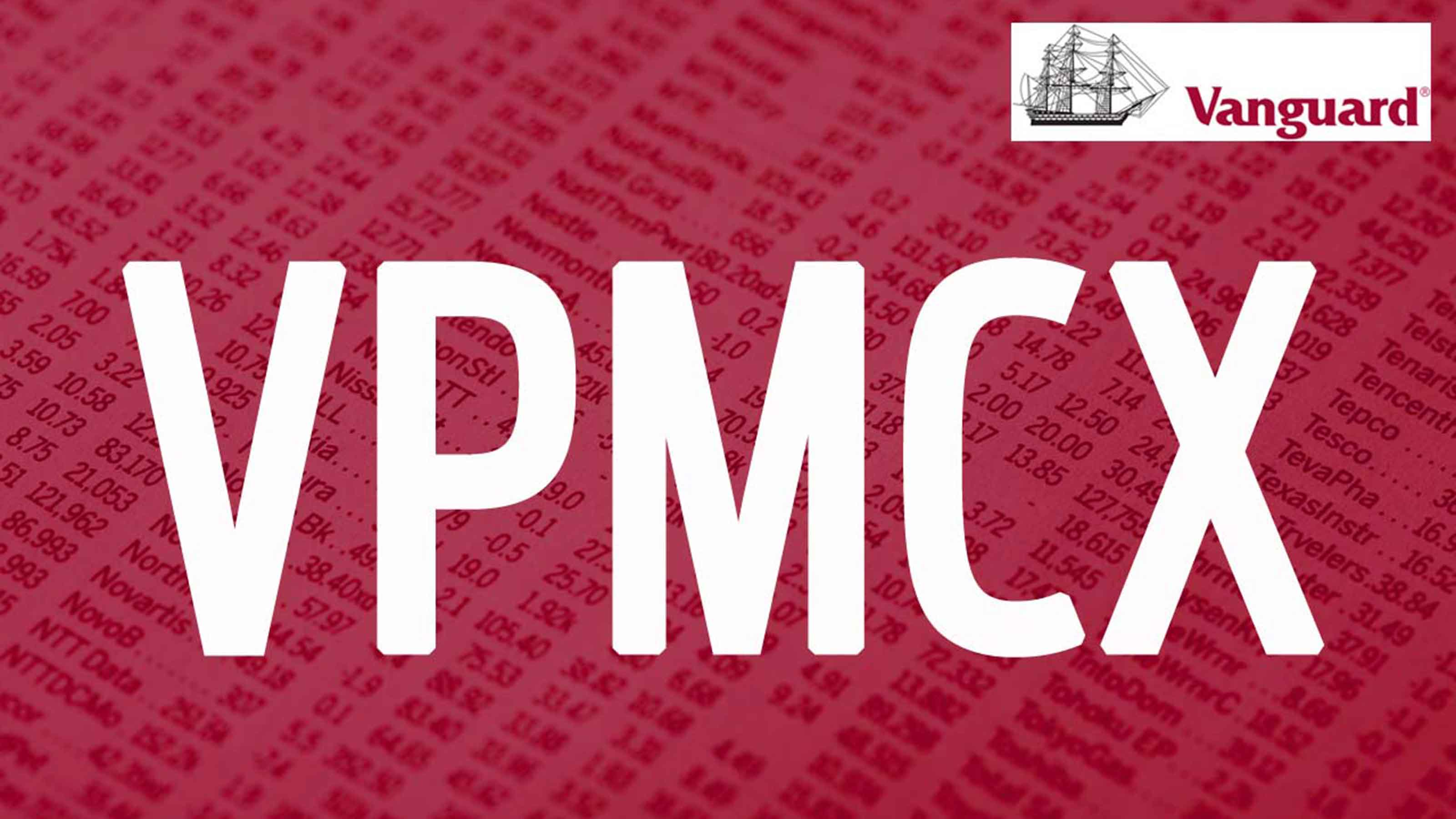
Vanguard Primecap
- Symbol: VPMCX
- Expense ratio: 0.38%
- 1-year return: -8.6%
- 3-year annualized return: 12.4%
- 5-year annualized return: 12.2%
- 10-year annualized return: 15.5%
- Rank among the top 401(k) funds: #7
- Best for: A core holding for aggressive investors with long time horizons
Vanguard Primecap was closed to all investors long ago, but if it's offered in your 401(k) plan, you can still put away up to $25,000 a year. Consider yourself lucky. Primecap is one of the best Vanguard funds offered in 401(k) plans, and it's run by five of the best stock-pickers in the country.
The managers – Theo Kolokotrones, Joel Fried, Alfred Mordecai, M. Mohsin Ansari and James Marchetti – work independently managing their own slice of the fund's assets. But they each aim to invest in growing companies that trade at bargain prices. In particular, they look for a catalyst – a new product, new executives at the helm or a restructuring – that they think will push a stock price higher over the next three to five years.
Once they buy a stock, they tend to hang on. The fund's 5% turnover ratio is a fraction of the typical 69% turnover of its peers, funds that invest in large, growing companies.
"Because the Primecap team is buying stocks facing near-term uncertainty, it often takes time for their ideas to work out," says Dan Wiener, editor of The Independent Adviser for Vanguard Investors. "But in contrast to many other growth managers, the Primecap team is willing to wait, and on average holds onto a stock for a decade."
VPMCX's record isn't blemish-free, of course. Its 10-year annualized record beats the S&P 500, but Vanguard Primecap has lagged the index in five of the past 10 full calendar years, most recently in 2020. A sizable helping of airline stocks – including Southwest Airlines (LUV), United Airlines (UAL) and American Airlines (AAL) – hurt the fund when the economy shut down for COVID-19.
But over the long haul, Primecap has been one of the best Vanguard funds you could hold. Shareholders are certainly richer. A $10,000 investment 20 years ago in VPMCX would be worth more than $75,000 today; a similar investment in Vanguard 500 Index fund would be worth almost $53,000. And that assumes a lump-sum investment at the start. It doesn't include any regular monthly 401(k) contributions you might make.
This is an aggressive fund, best for investors with long time horizons and a stomach for some volatility.
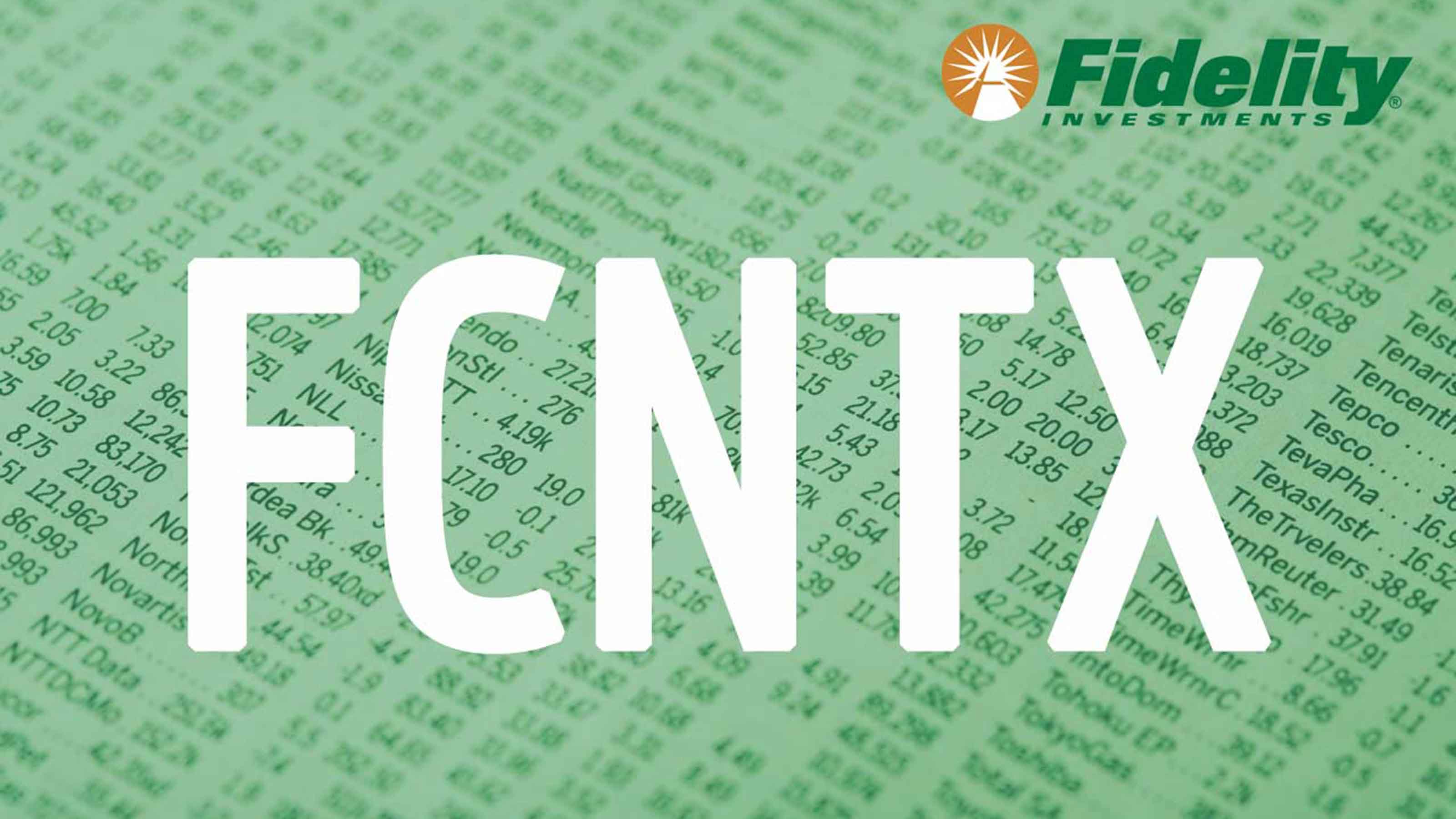
Fidelity Contrafund
- Symbol: FCNTX
- Expense ratio: 0.81%
- 1-year return: -13.9%
- 3-year annualized return: 11.4%
- 5-year annualized return: 12.5%
- 10-year annualized return: 13.9%
- Rank among the top 401(k) funds: #6
- Best for: Moderate investors looking for a tamer growth fund
Fidelity Contrafund is a proven standout.
Manager Will Danoff prefers to buy beaten-down or overlooked best-in-class companies with superior earnings growth, proven management teams and sustainable competitive advantages.
These days, he's bullish on tech – well, he has been for years, but he is particularly keen on the space now as digital transformation stories continue apace. More than 27% of the fund is invested in technology, at last report, which is a touch above the 25% weighting in the S&P 500 stock index. He has owned Amazon.com, a top holding, since 2007, and Apple, another top FCNTX holding, since 2003.
Watchers of Fidelity funds consider Contrafund a conservative choice for growth. There's some merit to that. Over the past five years, for instance, the fund's 12.5% annualized return ranks better than just 55% of its peer group: funds that invest in growing, large companies. But FCNTX has been less volatile during that period than the typical large-company growth fund, too.
This is one of the best 401(k) mutual funds for investors who want growth but not all the volatility that comes with a more aggressive fund.
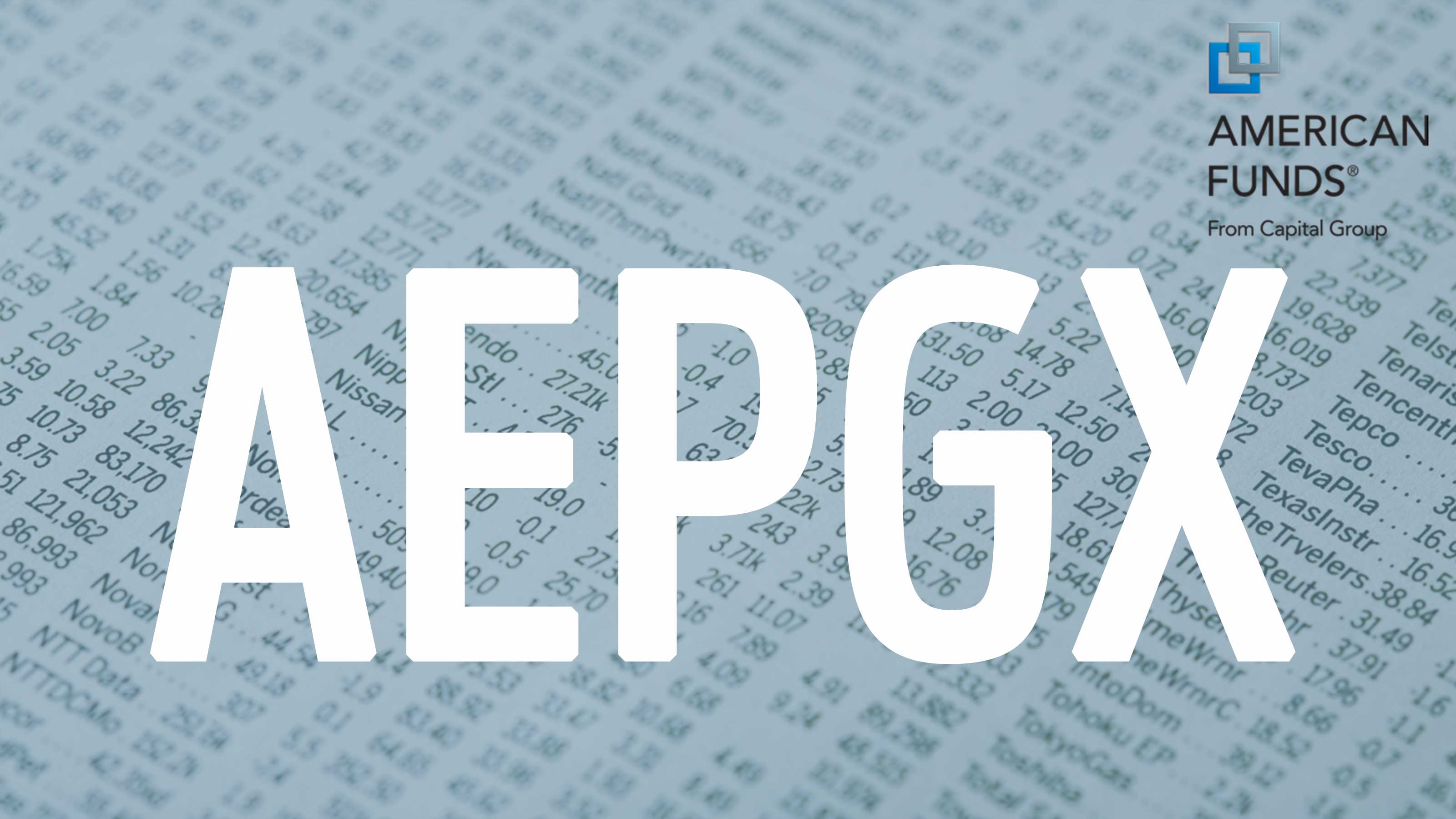
American Funds EuroPacific Growth
- Symbol: AEPGX
- Expense ratio: 0.82%
- 1-year return: -21.5%
- 3-year annualized return: 4.8%
- 5-year annualized return: 4.2%
- 10-year annualized return: 7.0%
- Rank among the top 401(k) funds: #3
- Best for: International stock exposure
American Funds EuroPacific Growth is the biggest actively managed foreign stock fund in the country. But the Capital System of dividing a fund's assets among multiple managers has helped the fund stay competitive. Over the past five and 10 years, for instance, the fund has largely kept pace – in an "ishy" sort of way – with its typical peer: funds that invest in large, foreign companies. And it beats the MSCI EAFE index of stocks in foreign developed countries.
Certainly, there are zippier foreign-stock funds available out there. But in a 401(k) plan, the investment choices, especially with foreign-stock funds, are typically limited to an actively managed fund and an index fund. So, the question for 401(k) investors is whether an investment in AEGPX is better or worse than an investment in an international-stock index fund.
Over the long haul, it does. EuroPacific Growth beats Vanguard Total International Stock Index (VTIAX) over the past 10 years. The fund has trailed in recent periods, but it's worth noting that during the recent bear market in early 2020, EuroPacific Growth fund held up better, with a 31.4% loss, compared with a 33.3% loss in Vanguard Total International Stock index fund.
AEPGX is among the best 401(k) mutual fund options around.
Get Kiplinger Today newsletter — free
Profit and prosper with the best of Kiplinger's advice on investing, taxes, retirement, personal finance and much more. Delivered daily. Enter your email in the box and click Sign Me Up.

Nellie joined Kiplinger in August 2011 after a seven-year stint in Hong Kong. There, she worked for the Wall Street Journal Asia, where as lifestyle editor, she launched and edited Scene Asia, an online guide to food, wine, entertainment and the arts in Asia. Prior to that, she was an editor at Weekend Journal, the Friday lifestyle section of the Wall Street Journal Asia. Kiplinger isn't Nellie's first foray into personal finance: She has also worked at SmartMoney (rising from fact-checker to senior writer), and she was a senior editor at Money.
-
 Can Trump Fire Powell? A Supreme Court Case Could Decide
Can Trump Fire Powell? A Supreme Court Case Could DecidePresidential posts threaten to overwhelm decades of precedent and tradition, whatever the nine justices decide.
By David Dittman
-
 Do You Need an AI Agent in Your Life?
Do You Need an AI Agent in Your Life?AI agents promise to be the next big thing in artificial intelligence, but what exactly do they do?
By Tom Taulli
-
 What to Do With Your Tax Refund: 6 Ways to Bring Growth
What to Do With Your Tax Refund: 6 Ways to Bring GrowthUse your 2024 tax refund to boost short-term or long-term financial goals by putting it in one of these six places.
By Rachael Green
-
 What Does Medicare Not Cover? Eight Things You Should Know
What Does Medicare Not Cover? Eight Things You Should KnowHealthy Living on a Budget Medicare Part A and Part B leave gaps in your healthcare coverage. But Medicare Advantage has problems, too.
By Donna LeValley
-
 12 Great Places to Retire in the Midwest
12 Great Places to Retire in the MidwestPlaces to live Here are our retirement picks in the 12 midwestern states.
By Stacy Rapacon
-
 10 Cheapest Small Towns to Live In
10 Cheapest Small Towns to Live InThe cheapest small towns might not be for everyone, but their charms can make them the best places to live for plenty of folks.
By Dan Burrows
-
 15 Reasons You'll Regret an RV in Retirement
15 Reasons You'll Regret an RV in RetirementMaking Your Money Last Here's why you might regret an RV in retirement. RV-savvy retirees talk about the downsides of spending retirement in a motorhome, travel trailer, fifth wheel or other recreational vehicle.
By Bob Niedt
-
 The Cheapest Places To Retire in the US
The Cheapest Places To Retire in the USWhen you're trying to balance a fixed income with an enjoyable retirement, cost of living is a crucial factor to consider.
By Stacy Rapacon
-
 The Six Best Places to Retire in New England
The Six Best Places to Retire in New Englandplaces to live Thinking about a move to New England for retirement? Here are the best places to land for quality of life, affordability and other criteria.
By Stacy Rapacon
-
 13 Smart Estate Planning Moves
13 Smart Estate Planning Movesretirement Follow this estate planning checklist for you (and your heirs) to hold on to more of your hard-earned money.
By Janet Kidd Stewart
